|
Week ending: 29th May: Pow Burn and Troon Harbour
John and I were reunited this week and after consulting my WeatherPro app we decided it would
be best in the West. We hadn’t visited Pow Burn, just North of Prestwick, since last September,
so we decided it was well worth the visit. On our way there we popped
into Stewartfield Morrisons in East Kilbride for breakfast (10/10:
excellent) and then we motored down the A77 to Prestwick to start our
latest quest.
We got off to a flier right at the start of the walk when we encountered a Whitethroat
sitting on top of bramble bushes with a beakful of grubs. A bit further
along the path we found a Grey Heron by the bridge over the Pow
Burn standing motionless by the burn. We next walked a route that
followed the burn to where it flows into the sea. I found a Dog Rose
with a fairly big insect, a so-called Dance Fly, Empis opaca.
Nearby was a striking clump of flowering Ribwort Plantain.
| Whitethroat |
Grey Heron |
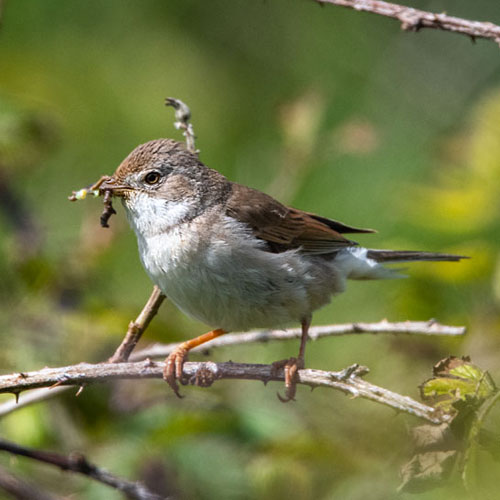 |
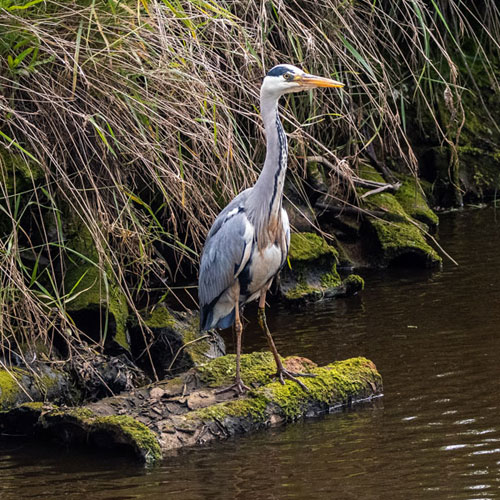 |
| Dance Fly - Empis opaca |
Ribwort Plantain |
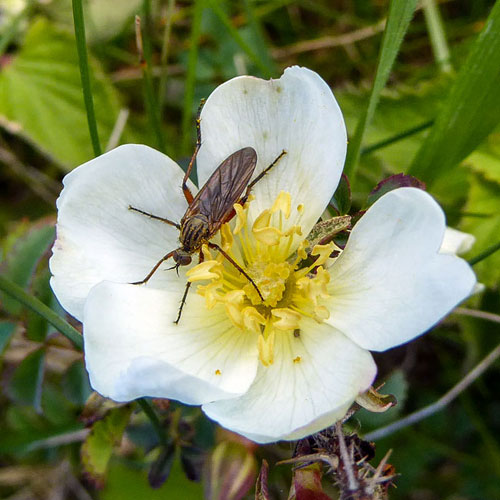 |
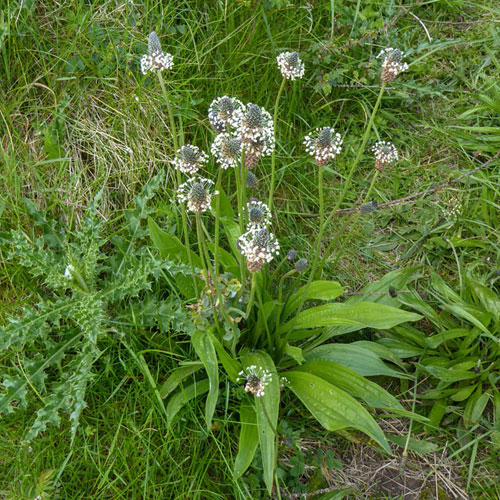 |
Our route took us onto a practice area of the Prestwick Golf Club. Below is a view over the
ancient golf course looking towards Prestwick.
As we reached the practice area the air was filled with the melodious songs of not one but two
warbling Sedge Warblers . John thought they seemed to be competing with each other,
starting low on a bush and gradually climbing to the top singing all the way before darting into the
air and then descending onto another bush to repeat the process. Further along the bank a
couple of Linnets caught our attention. The one below was carrying feathers in its beak,
probably intending to use them a lining for its nest. There had been no birds on, or near the burn,
until we reached the final 100m before it turned toward the sea, where we saw pair of
Oystercatchers standing on a grassy bank by the burn.
I photographed a busy Carder Bee as it probed a Comfrey flower for its precious pollen and
nectar. I managed a quick snap of a lively Peacock butterfly having a brief rest on a large leaf.
Later I managed to catch a pleasing shot of a male Reed Bunting that had flown onto a
large pathside bush. Further along the path I discovered a patch of beautiful Star of Bethlehem
flowers growing through long grass.
| Common Carder Bumblebee |
Peacock Butterfly |
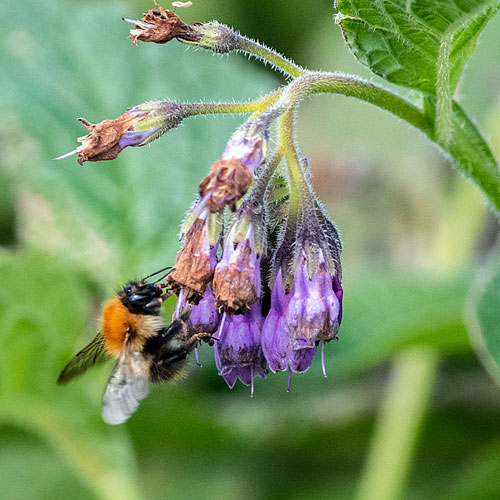 |
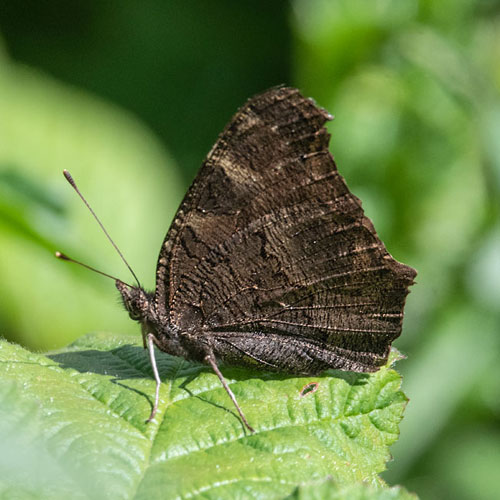 |
| Reed Bunting |
Star Of Bethlehem Umbellatum |
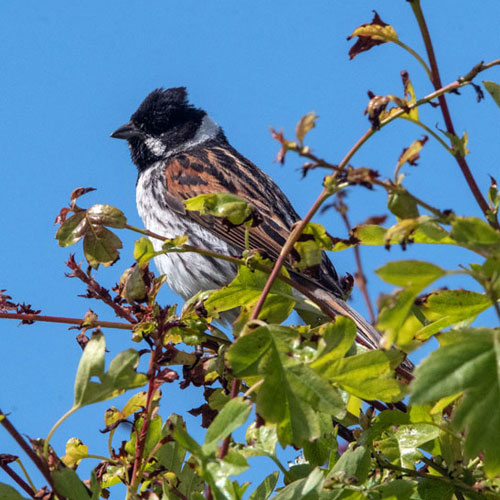 |
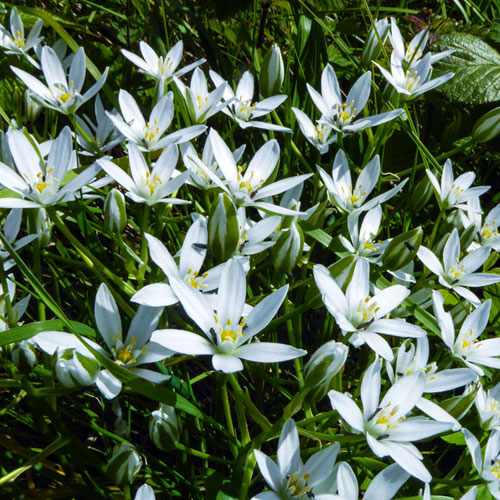 |
Turning our attentions again to the burn, we came across more birds - an adult and a juvenile
Grey Heron. The adult seemed to chase its youngster probably encouraging it to find its own
food, which, to its credit, it did, before flying upstream. On continuing along the path we came
across a poor Garden Tiger Moth caterpillar struggling to move off of the footpath. We think it may
have be injured by a passing walker.
Eventually we reached the dunes that marked the edges of the sandy seashore. We rested for a
while as we took in view over the Firth of Clyde looking towards the Isle of Arran.
A female Reed Bunting became interested in our presence. We concluded it had a nearby nest so
we quickly moved on. I photographed another Carder Bee this time on some Bush Vetch flowers.
We rounded the rather wild north edge of the practice area and started the return half of the route
and quickly found a family of Stonechats . Keen not to disturb them, we passed quickly but
calmly. I did though manage a couple of quick shots of the adult male and one of its juveniles.
| Reed Bunting |
Common Carder Bumblebee |
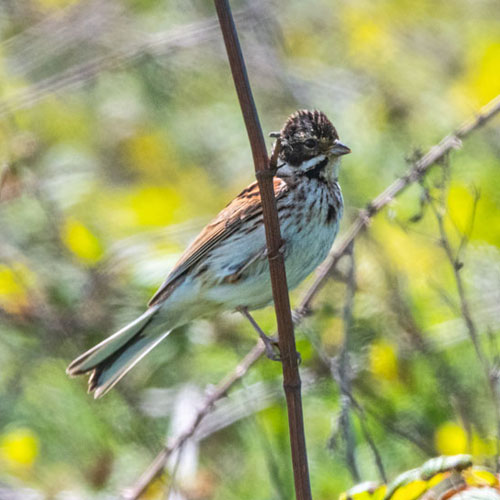 |
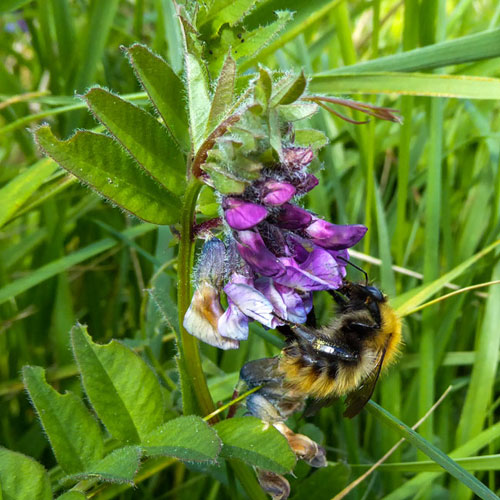 |
| Stonechat |
Juvenile Stonechat |
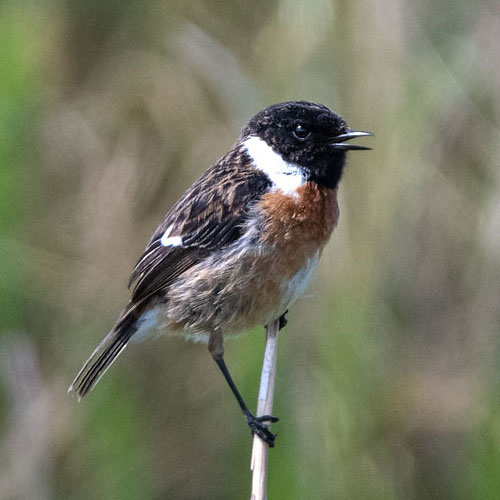 |
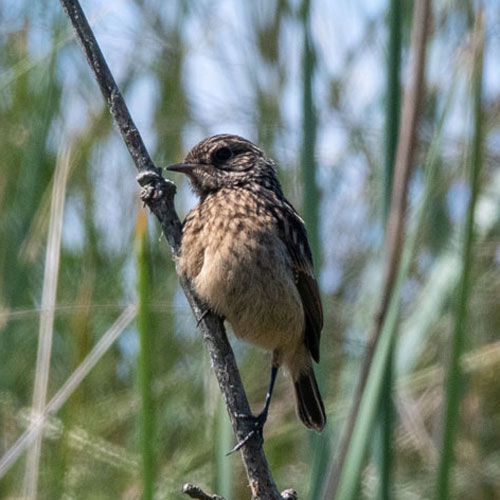 |
John pointed out a large Carrion Crow that was sitting rather regally on a wooden post. It flew off
just as we passed. Back on the short grass of the practice area there were many feeding
Starlings. Many of these were juveniles feeding with their parents. Amongst them was a male
Blackbird hopping confidently through the Starling flock. I was pleased to see Red and White
Campion along the edges of the dunes, as well as Hoary Cress that was just coming into bloom.
After completing an enjoyable and successful circuit of the Pow Burn area we decided to call into
Troon Harbour on our way home. On getting out of the car a Wheatear caught my eye as it
darted along the rocky edges of the car park. We wandered along part of the low path of the
Ballast Bank where we watched a male White Wagtail catching flies on the slipway below.
On the way back I took a quick shot of a young Starling that was sitting on the back of one of the
benches that line the grassy area between the Harbour car parks. We next moved onto the sandy
beach to the north of the car park where there were a few beachcombers exploring the terrain. We
were surprised therefore to see a pair of Ringed Plovers standing on the rocks.
| Female Wheatear |
White Wagtail |
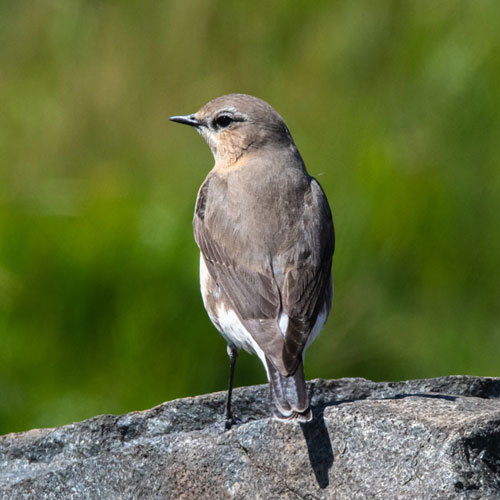 |
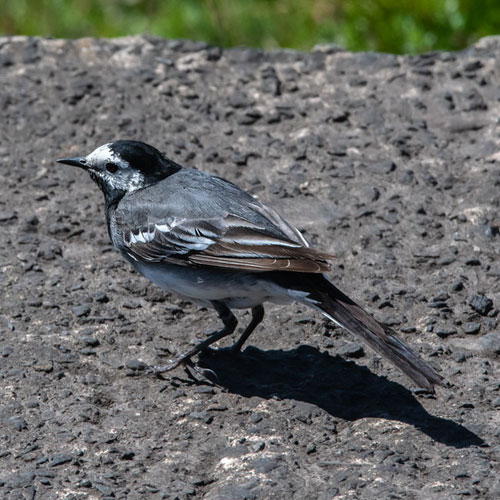 |
| Juvenile Starling |
Ringed Plover |
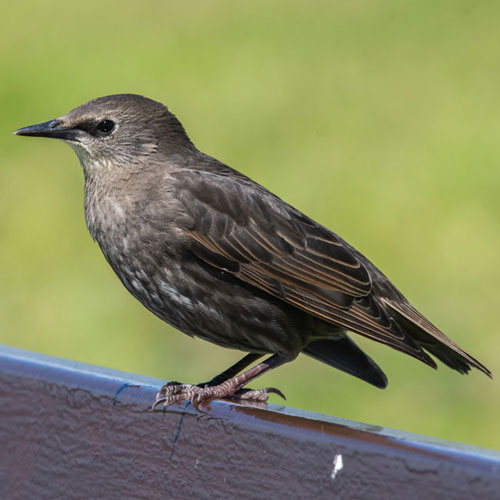 |
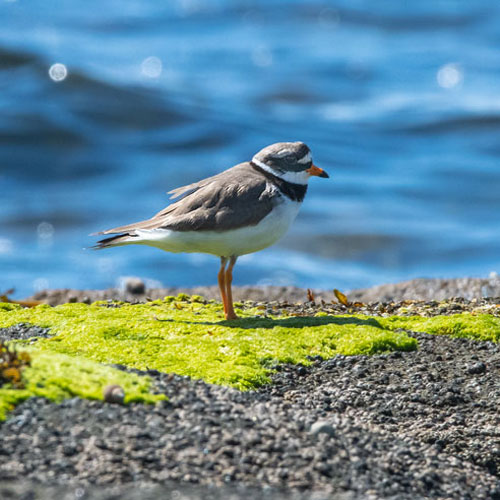 |
At the far end of the beach we sat beside the tall harbour wall on which on past visits we have
seen Shags congregating. Sadly, there were none, but I did get a shot of one passing Shag that
flew round from the harbour. A couple of Eider also flew in and they landed fairly close to the
shore. We became more excited when a Black Guillemot flew in and landed just above us on
the harbour wall. It waited there, calling several times, before flying out towards Arran.
As
we walked back along the beach I photographed a few wildflowers that
were growing along its edges. I managed a picture of a White-tailed
Bumblebee feeding on Pencilled Cranesbill flowers then I was attracted
to the pretty yellow flowers of Silverweed. A flower that was freshly
in bloom all along the coast was Thrift, each flower standing like a
pink lollipop. We had heard but not seen Goldfinches several times in
Pow Burn and also at Troon Harbour. Finally then, I managed a semi
decent shot of one that landed among some Thrift 30m from the car. The
picture shows it seemingly nibbling the thrift, probably for its seeds.
| White - tailed Bumblebee |
Silverweed |
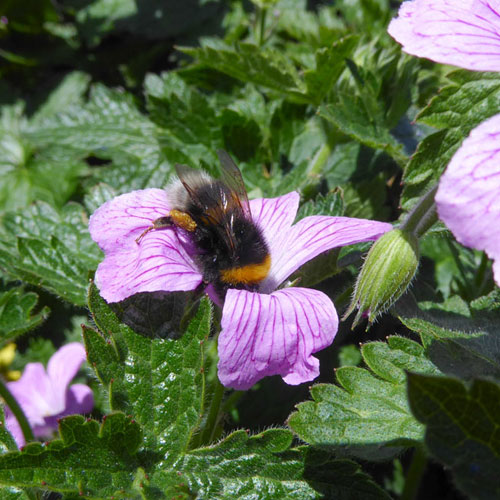 |
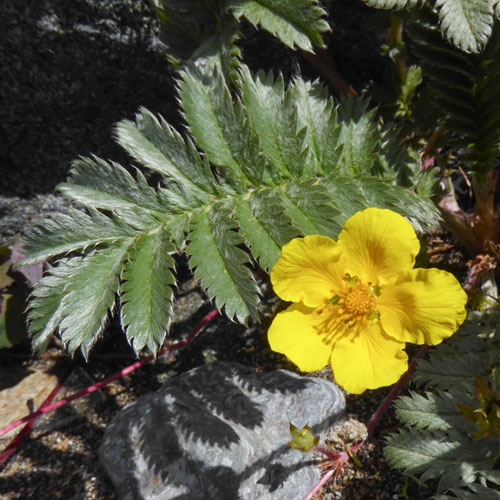 |
| Thrift |
Goldfinch |
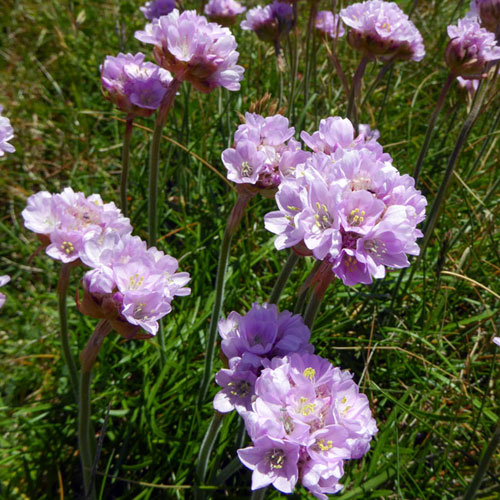 |
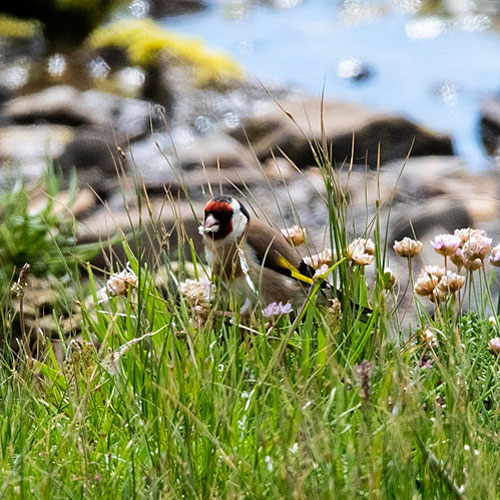 |
As we sipped our teas and nibbled, you’ve guessed it, strawberry tarts, we discussed how we
had had a very good and very productive day. Once again we hadn’t seen many sea birds but the
large number of passerines we saw more than made up for this. The flower and insect shots were
also very satisfying. Hopefully we can reproduce that success next week
Week ending: 22nd May 2022: RSPB Lochwinnoch
We couldn’t manage our usual Sunday outing this week but I did have an interesting midweek visit
I’d like to share with you. On Thursday afternoon I was walking in Strathclyde Country Park when I
found out through social media that a fairly uncommon bird, one we hadn’t seen, let alone
photograph, a Black - winged Stilt, had turned up at the new scrapes at RSPB Lochwinnoch. I found the lure of a newbie irresistible and high-tailed it West to the reserve, my first visit
there since August 2021.
On arrival I was advised by the RSPB staff that probably the best place to observe the bird was
from the Channel Hide, just left of the Visitor Centre. Once there I immediately saw a drake
Shoveler about 30m from the hide. Soon after I watched as the Black-winged Stilt came into view
as it foraged some 100m away at the far side of the scrapes. As it passed a juvenile Grey Heron
and then a Mallard, it seemed to be slowly getting nearer.
As I waited for the Stilt to get closer, I scanned the scrapes for other birds. Closest was a
Moorhen paddling across my view and further back a couple of Greylags were making a bit of
noise. There was a solitary Oystercatcher standing motionless and looking a bit forlorn at the
centre of the Scrapes. Meanwhile the Stilt looked as though it wouldn’t get any closer and it
began to backtrack.
| Moorhen |
Greylag Goose |
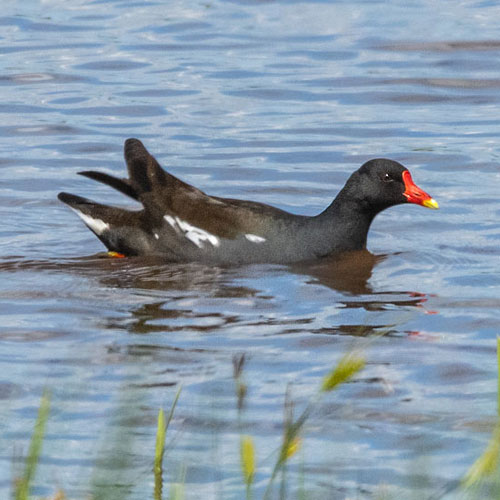 |
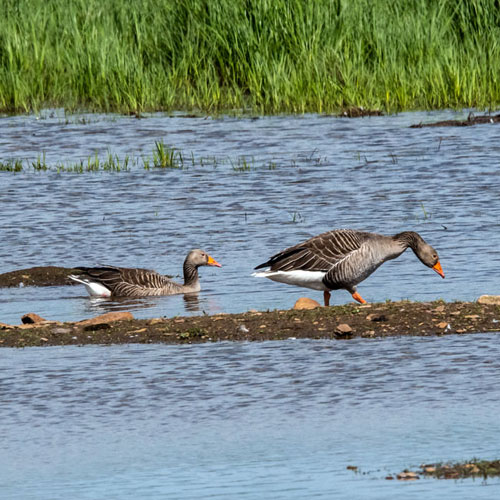 |
| Oystercatcher |
Black - winged Stilt |
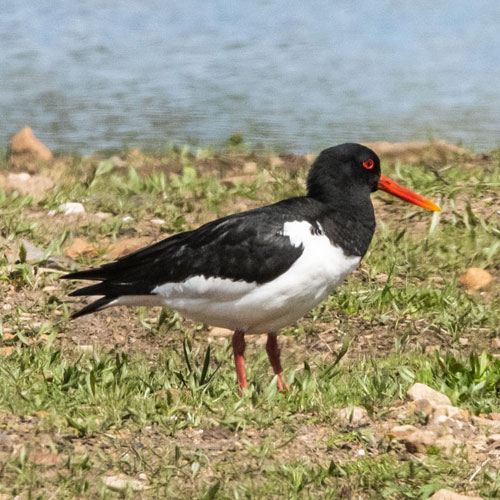 |
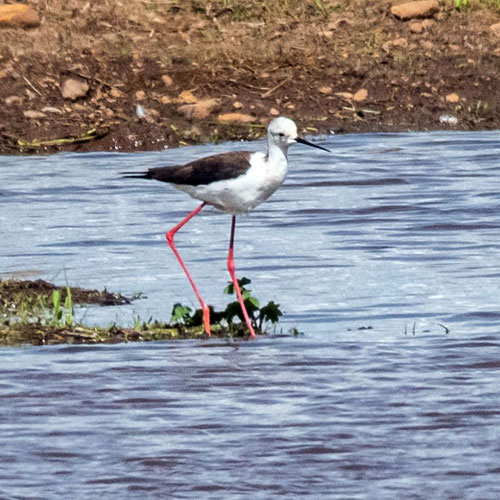 |
Along the rear of scrapes there was an animated large group of Canada Geese with goslings.
They were concerned by the close proximity to a few Grey Herons who probably fancied stealing
their goslings. The honking and posturing Geese seemed to be keeping the Herons at bay.
There were a few Lapwings active across the scrapes and I photographed one that was standing
nearest to the hide. I noticed a Common Sandpiper preening by the water’s edge and then
walked into a slightly closer position before flying out of sight to the far right. Next, I was very
pleased to see a drake Garganey that emerged from its slumber in the reeds. Then, after an
especially noisy spell of honking accompanied by a concerted charge towards the reeds, an adult
Grey Heron darted out of the reeds and flew out of sight down the channel.
| Lapwing |
Common Sandpiper |
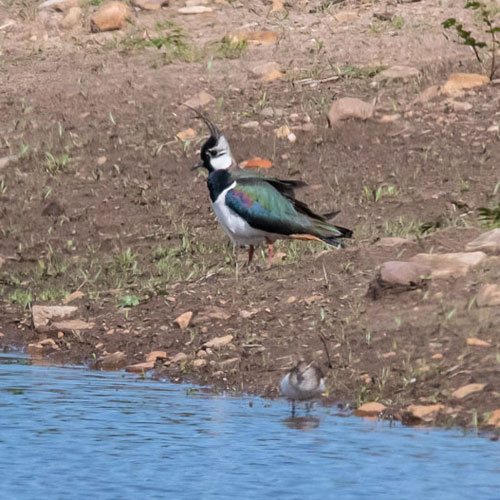 |
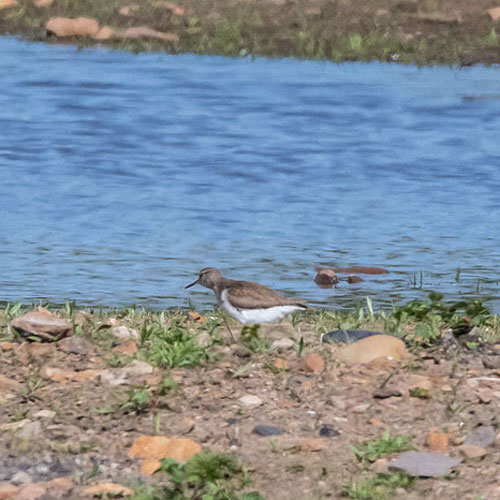 |
| Garganey |
Grey Heron |
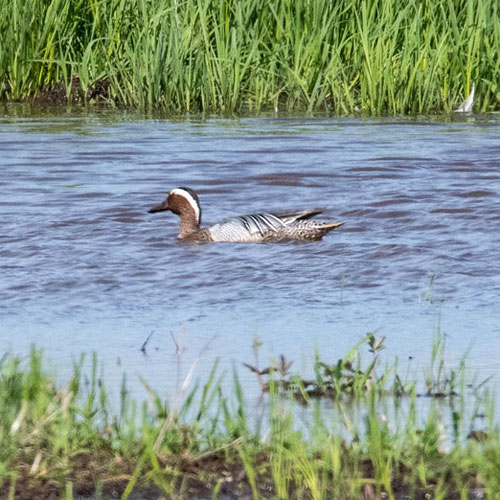 |
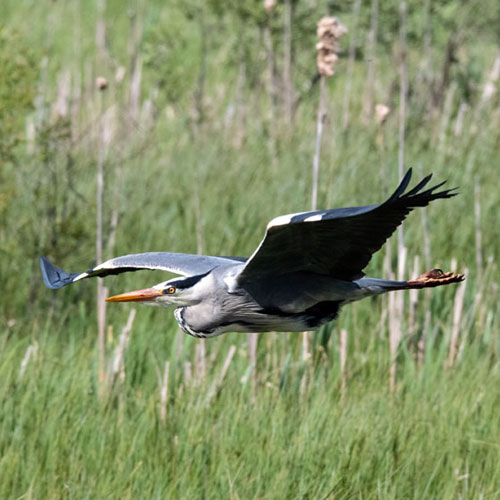 |
Satisfied with what I’d seen from the Channel Hide, I decided to check out the Viewing Screen
feeder station near the start of the Aird Meadow Trail. At first I was disappointed to find that there
were no birds on the feeders, but after a few minutes things got interesting. A Nuthatch
was first to show, followed by brightly-coloured male Redpoll and then a female Redpoll.
Suddenly a Pheasant called from the undergrowth behind the feeders. I was lucky to snap a shot
of it as it came into a sunlit area. I also got a nice bright shot of a male Chaffinch by a feeder.
| Nuthatch... |
|
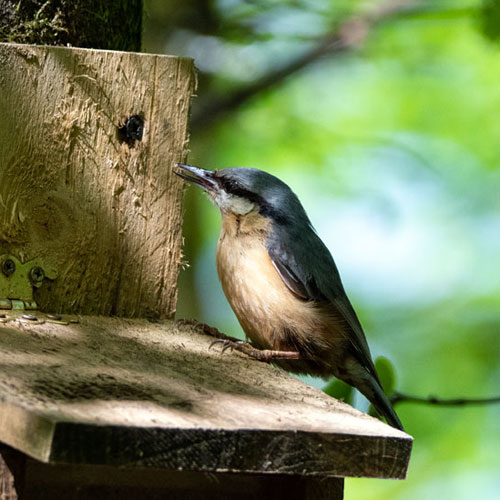 |
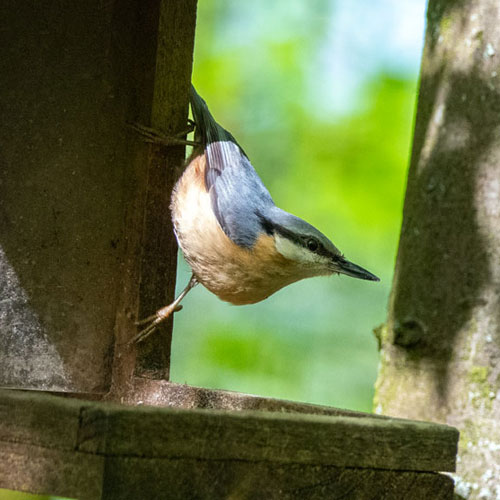 |
| Male Lesser Redpoll |
Female Lesser Redpoll |
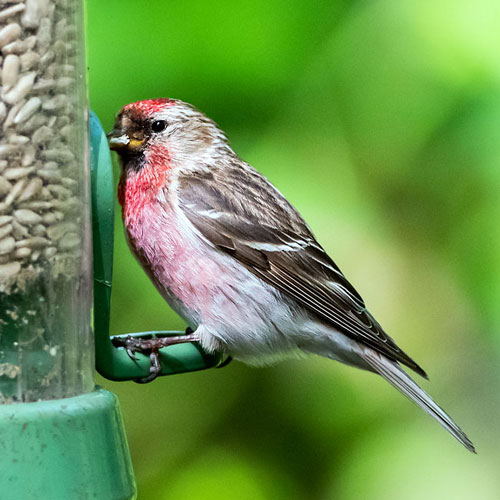
|
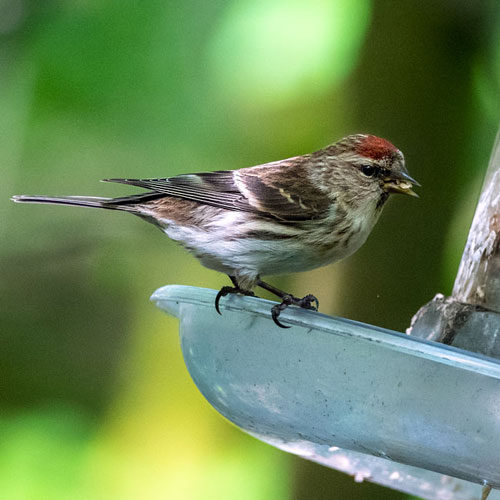
|
| Pheasant |
Chaffinch |
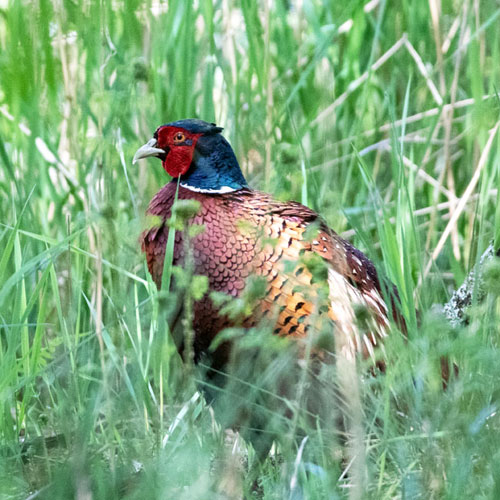 |
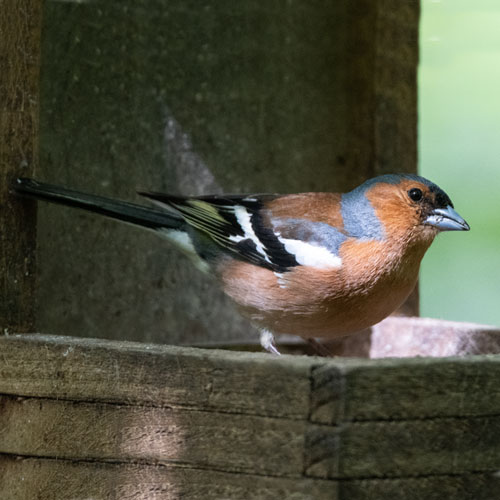 |
A Blue Tit then descended onto the ground clutching a large Sunflower seed and proceeded to
munch. That was followed by a nice wee Coal Tit checking out the feeders. I thought that was me
done when a pair of Siskins flew in and treated me to some splendid views.
And that was me done. I needed to get back to Lanarkshire since the roadworks on the M8 would
cause large queues during rush hour. So as I drove out of the reserve car park I was thinking I’d
done alright in such a short time (1h). Hopefully John and I will soon get back to our normal
Sunday visits.
Week ending: 15th May 2022: Musselburgh and Port Seton
John and I went East this week. My WeatherPro app told me that it would be dry, mild but a bit
cloudy in Musselburgh. The BBC Tides webpage indicated that we would see a rising tide
throughout our visit, so after a breakfast in Dalkeith Morrisons (7.5/10: slightly disappointing - cold
bacon and stewed beans) we drove to the mouth of the River Esk to begin our latest quest.
There was a multitude of Eider ducks in and around the mouth of the River Esk. The males
splendidly clad in their white and black plumages, the females were more drab with dull brown
feathers. The juveniles had rather mottled brown, black and white plumages.
There was a large flock of Oystercatchers assembled in rank and file on the opposite bank.
There were also a fair number of Mute Swans, such as the juvenile and adult shown below.
Carrion Crows were very active all along the sea wall. John spotted a Shelduck paddling
midstream, which was dutifully photographed. The Mallards seemed restless. Probably their
shenanigans were courtship-related. John, who obviously had his eye in, directed my attention to
a white-rumped bird he saw flying past and landing on the rocky shore, I snapped it. It was a
female Wheatear.
| Juvenile Mute Swan |
Mute Swan |
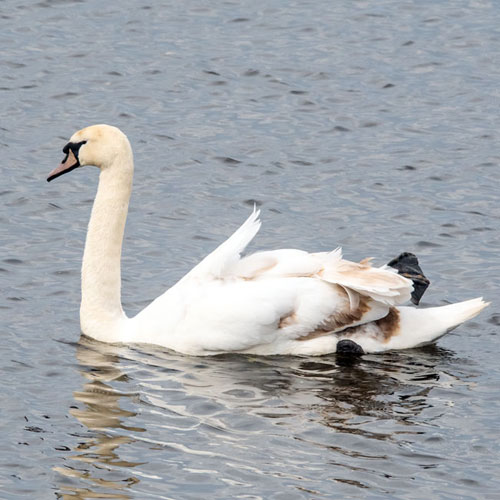 |
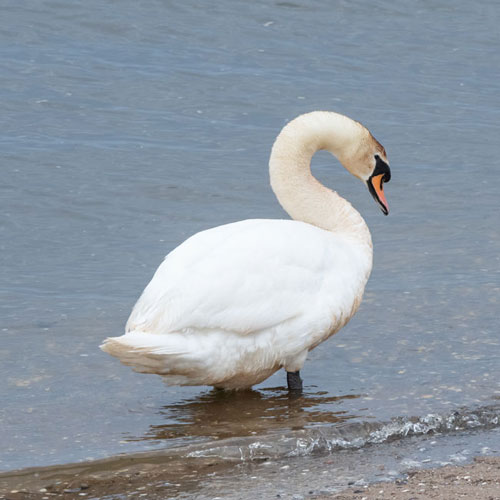 |
| Carrion Crow |
Shelduck |
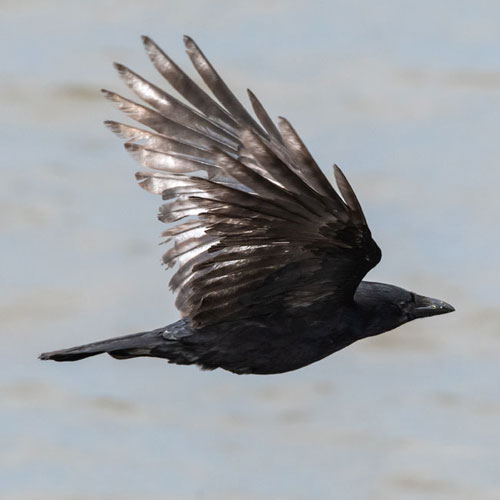 |
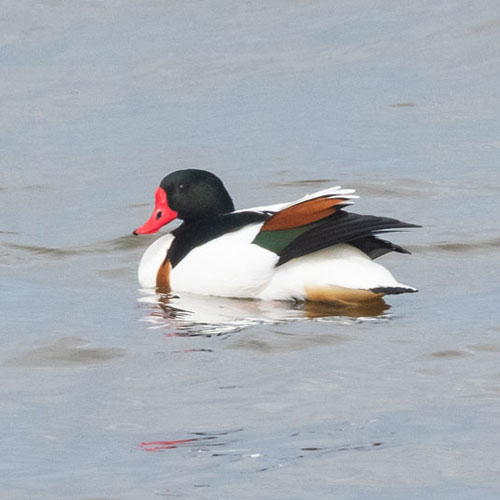 |
| Mallard |
Female Wheatear |
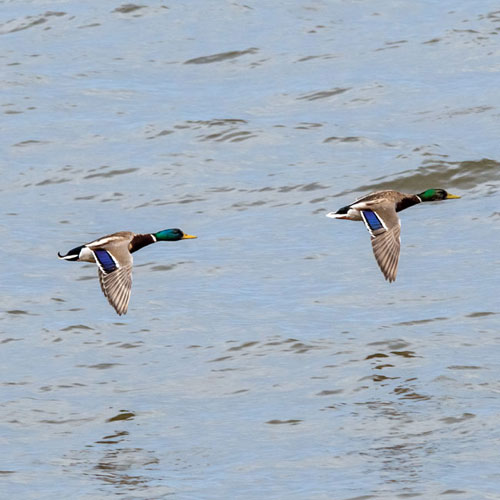 |
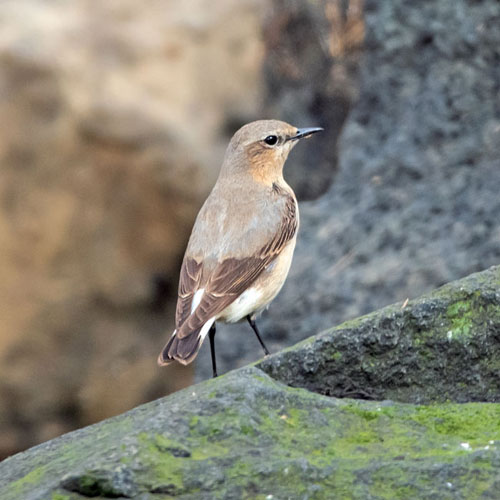 |
We left the Esk mouth and followed the sea wall East towards the Scrapes. There were very few
birds on show on the choppy Firth of Forth so I looked for things of interest on my side of the sea
wall. I noticed two species of Plantain that were in bloom: Buckshorn and Ribwort Plantain. John was distracted by the many big black St Mark’s Flies that were hanging in the air. I
photographed one of them hanging onto a Dandelion seed head. I followed that with a snap of a
pair of them joined at the tip of the abdomen, presumably copulating.
Eventually we reached the Scrapes, or to give it its proper name, Levenhall Links LNR. We got off
to an encouraging start when a Red Fox was spotted lurking on the East side of the reserve. I got
a quick shot of it just before it disappeared into the long grass. The water level on the scrapes
was disappointingly low with few birds on show. We did though see a pair of Shelducks on one of
the back scrapes and not far from them a pair of Gadwalls flew in. To the right of the hide a
Jackdaw stopped and posed as I took its photograph. There were a few Oystercatchers lining the
grassy banks between the scrapes and also some Mallards but that was about it, birdwise.
| Red Fox |
Shelduck |
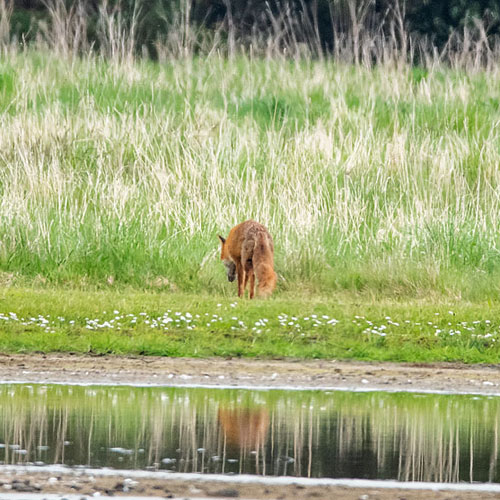 |
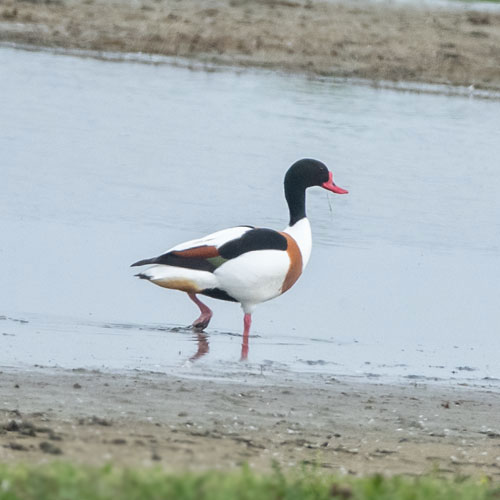 |
| Gadwall |
Jackdaw |
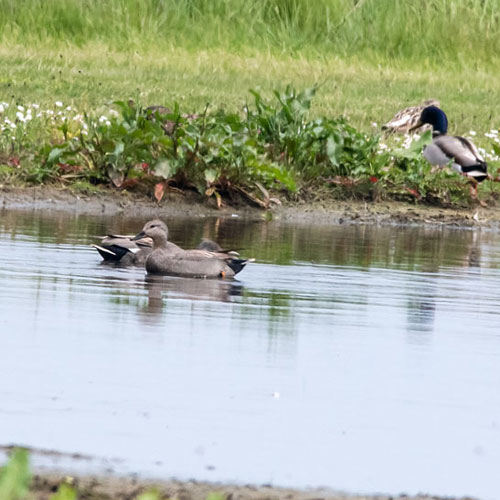 |
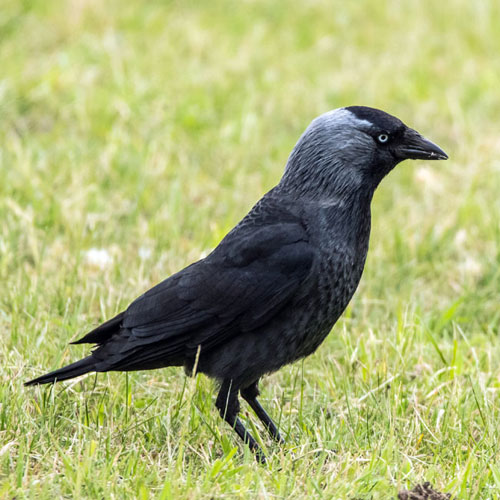 |
| Oystercatcher |
Mallard |
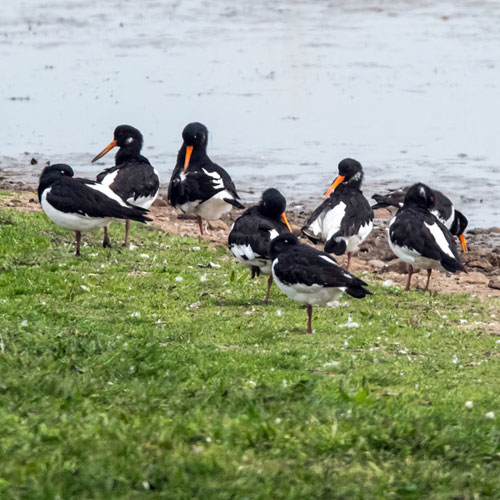 |
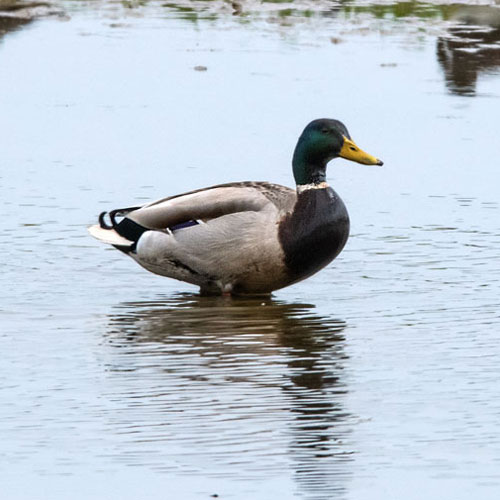 |
We noticed a tiny red Velvet Mite, Trombidium holosericeum, moving about on the ledge of the
hide window, as well as a Woodlouse. Slightly disappointed by the dearth of birds we left to
retrace our steps back to the car. As we left the reserve, a Song Thrush bounded into view in front
of us on the short grass. And in the longer grass by the seat at the sea wall we located a Skylark
that had just descended from a high-level singing session. Further along the path we came upon
a Carrion Crow that was sitting on the improvement work fencing. John chucked some leftover
bacon from his breakfast, which the bird quickly accepted as I snapped away. I also got a shot of
some quite pretty violet Common Fumitory that was growing by the fence.
| Velvet Mite |
Woodlouse |
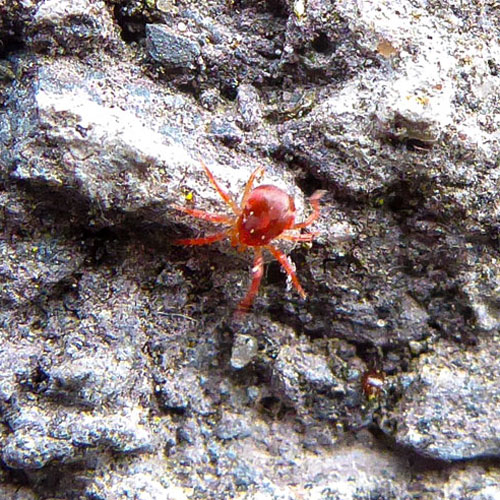 |
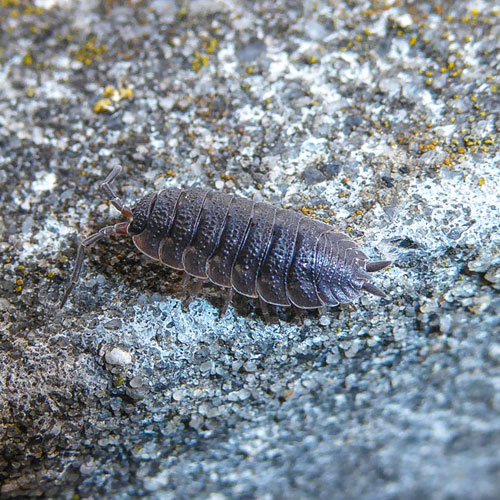 |
| Song Thrush |
Skylark |
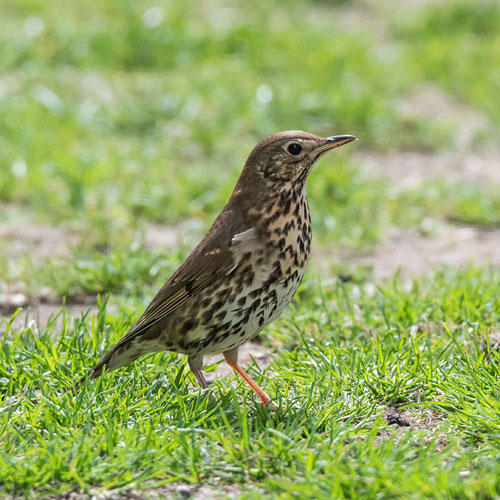 |
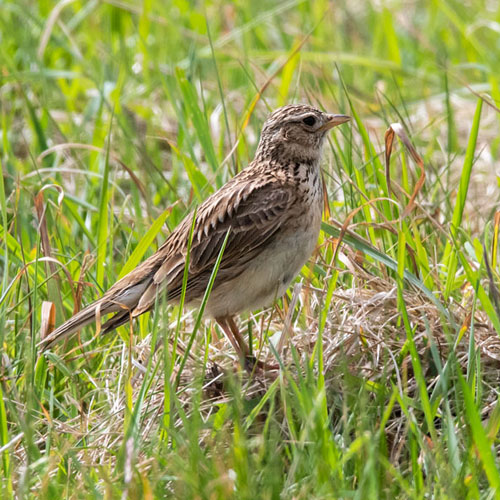 |
| Carrion Crow |
Common Fumitory |
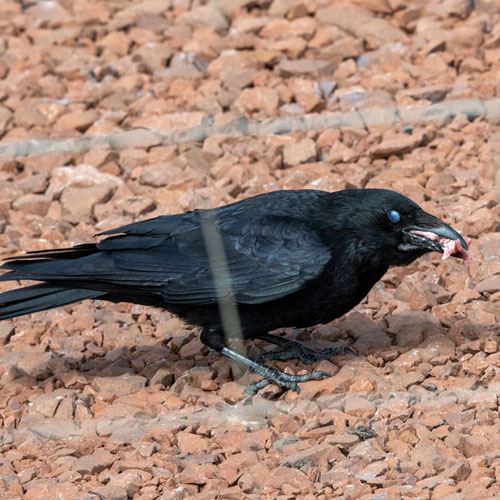 |
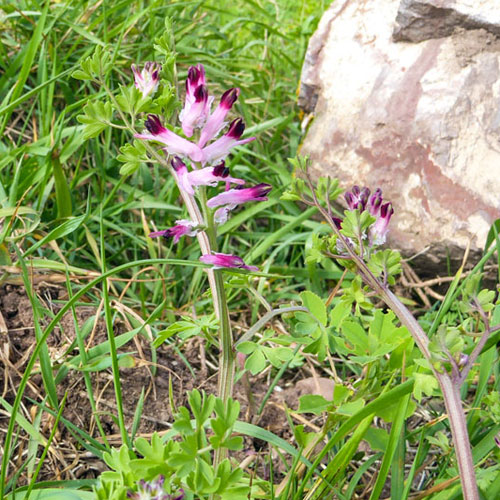 |
Near the Cadet Hall there were Campion plants in bloom. I photographed the Red X White hybrid, Silene dioica X Silene latifolia as well as White Campion. A final look at the River Esk
produced some more shots of the Eider. A male White Wagtail was busy catching flies from
the large boulders below the sea wall, while a female Goosander was preening by the edge of the
water.
| Red x White Campion Hybrid |
White Campion |
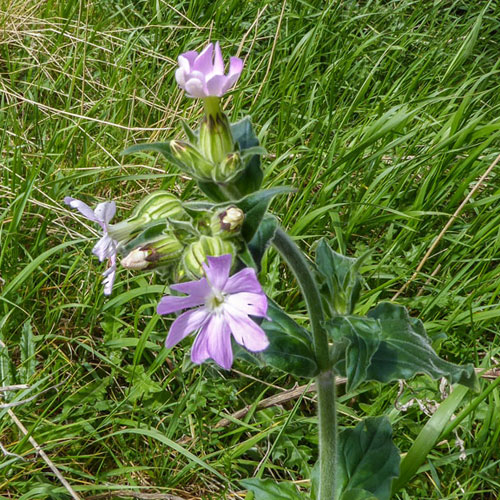 |
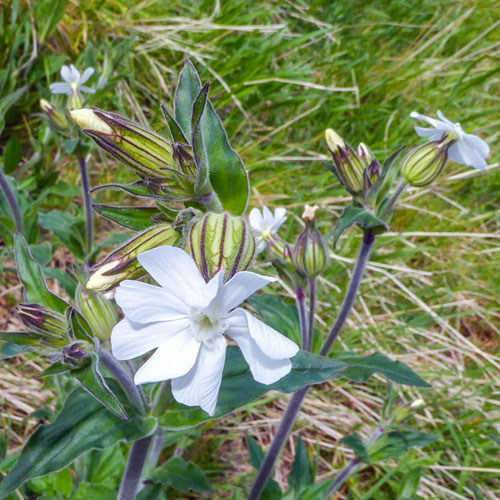 |
| Eider... |
|
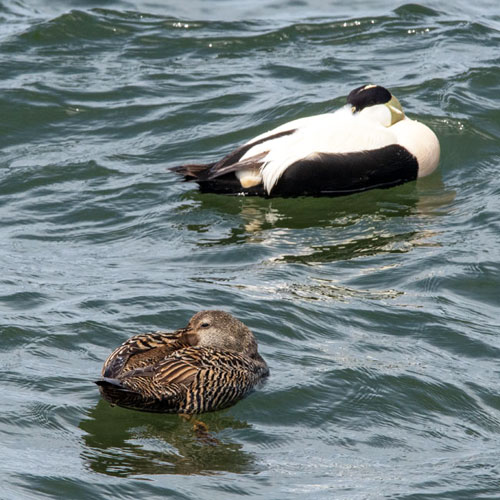 |
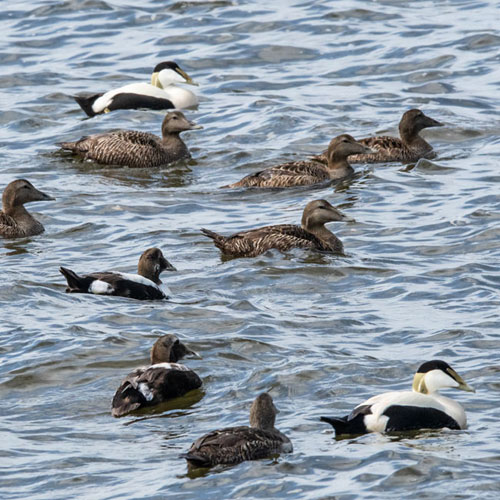 |
| White Wagtail |
Female Goosander |
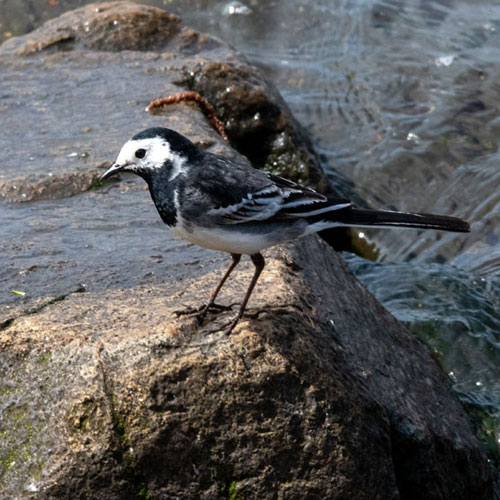 |
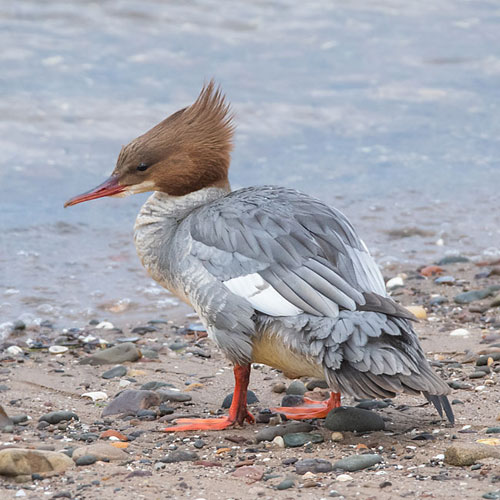 |
We headed East to Port Seton hoping to maybe see something of interest around the harbour.
Conditions were a bit murky as the view below of Arthur’s Seat to the West.
The tide was in and there were only a few birds to be seen - Herring Gulls clinging to the rapidly
flooding rocks. Later I got a fleeting view of a passing Cormorant and a shot of a Herring Gull on
top of a Harbour workshop, but nothing else on the sea. My final shot of the visit was of a jaunty
Blackbird searching for worms on the lawn by the quayside flats.
| Herring Gull |
Cormorant |
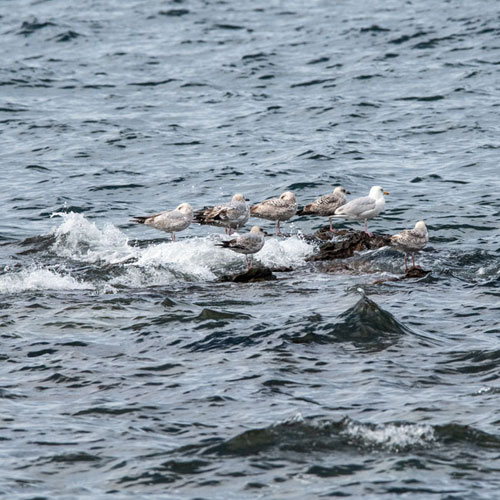 |
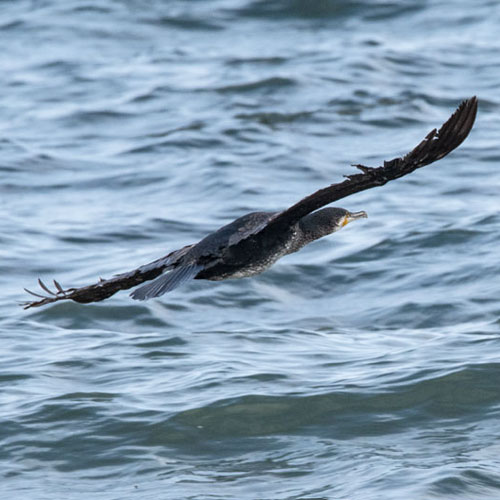 |
| Herring Gull |
Blackbird |
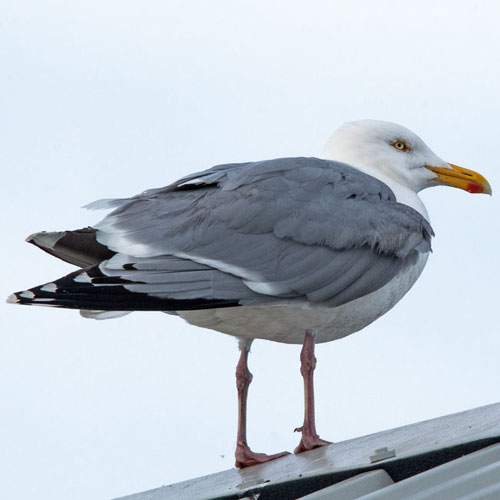 |
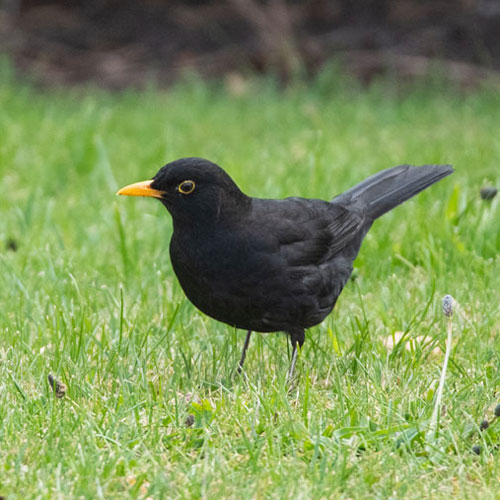 |
It had been an enjoyable, if slightly low-key visit, but it had some pleasing highlights such as the
Wheatear, Skylark and Songthrush. We finished on a high though since the Strawberry Tarts were
excellent, as was the strong tea washing them down. Let’s hope for richer pickings next week.
Week
ending: 8th May 2022: Musselburgh and Skateraw
As I indicated in last week’s Blog, I fancied travelling to
the Dunbar area this week, and so that is what I did. The best weather
was actually predicted for the West coast, however the weather on the
East was to be slightly cooler and more cloudy but sunny intervals were
expected. The downside though was the tide was to be low throughout the
visit. John was not able to join me, so I passed on the usual
breakfast. This was just as well since I needed to make a slight detour
to Musselburgh because there had been a King
Eider present at the mouth of the River Esk, but it
had usually been appearing before 9 am.
Musselburgh was very dull when I arrived, as shown below in the wide
angle shot of some Mute Swans at the Esk near the Cadet Hall. It also
shows how low the tide was.
I continued along the sea wall in search of any Eiders. The only ones I
could see were on a sand bank about 400m to the west. Unfortunately I
wasn’t able to distinguish the features of the King Eider
with any of them. There were no birds near the sea wall so I walked
back to the Cadet Hall.
It was at that Hall I watched a Starling carrying food to its nestlings
in the eaves of the hall. On a telegraph wire above the hall a Barn
Swallow made a very quick stop before dashing off to catch more flies.
I heard bird song emanating from the woody copse adjacent to the play
park, so I wandered over there and immediately got pictures of a noisy
Whitethroat and a just-as-vocal Goldfinch.
| Starling |
Barn Swallow |
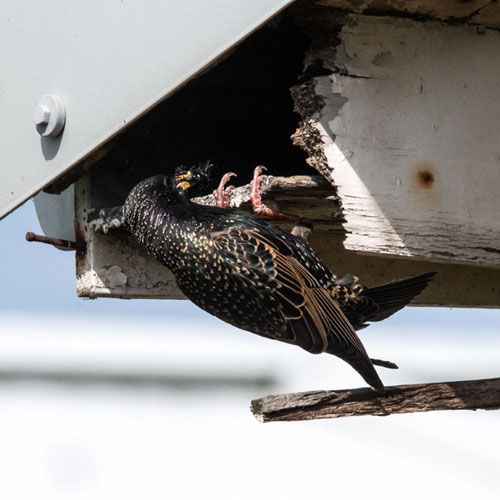 |
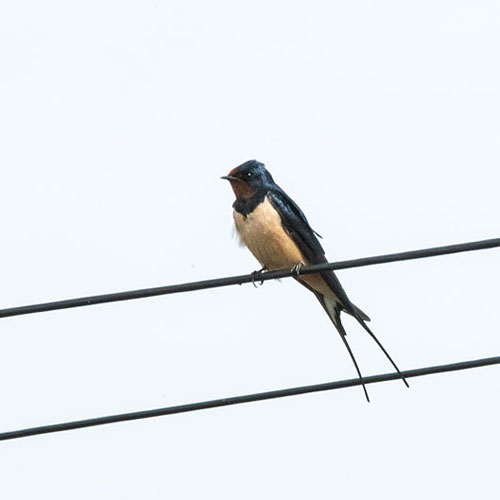 |
| Whitethroat |
Goldfinch |
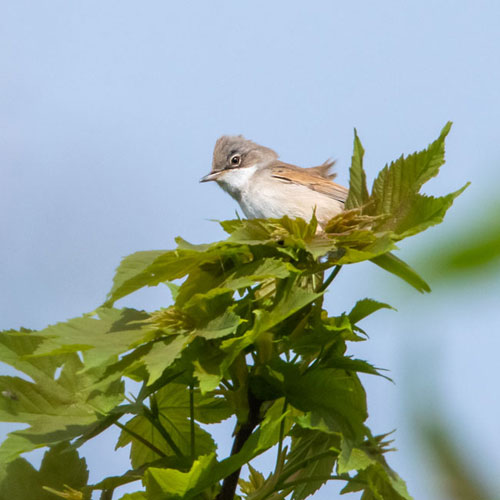 |
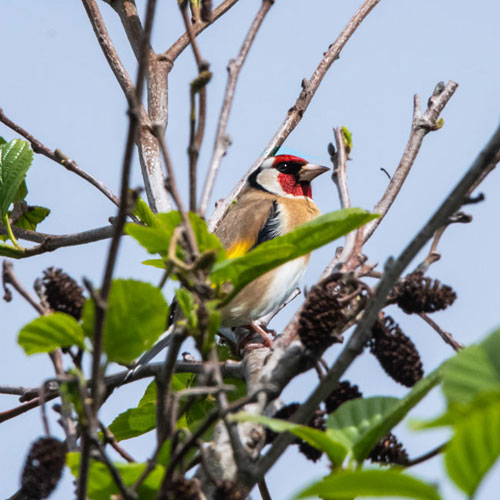 |
I sneaked into the copse and stood very still. Eventually a Wren
appeared on the bushes and a couple of Speckled Wood butterflies
fluttered past me. I photographed one that landed on a Bramble branch
and spread its beautiful wings. I also became aware that there were
lots of large black St
Mark’s Flies hovering and landing on
large Butterbur leaves. I then had one last look at the mouth of the
Esk as I walked back towards the car. I was surprised to see a group of
Goldfinches gathered around a seaweed pile on the shore. I also saw a
lone drake Gadwall paddling midstream. I did a quick visit to the
Millhill car park but there were only Mute Swans on the river. I did
though capture a nice shot of Green
Alkanet that was growing on the riverbank.
| Wren |
Speckled Wood
Butterfly |
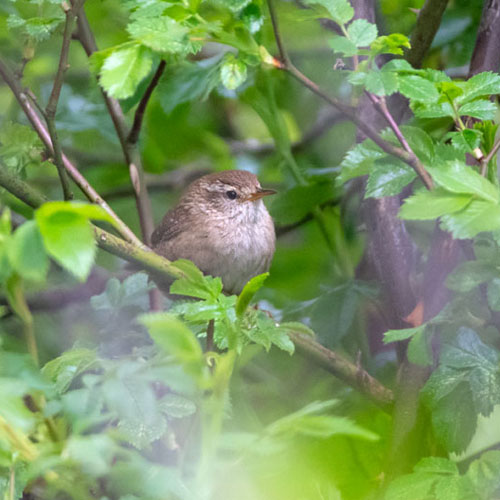 |
 |
| St Mark's Fly |
Goldfinch |
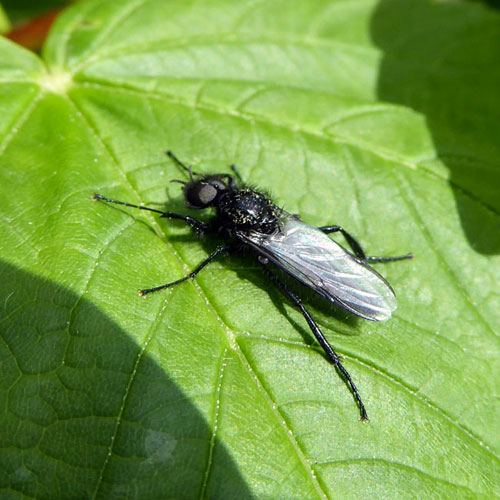 |
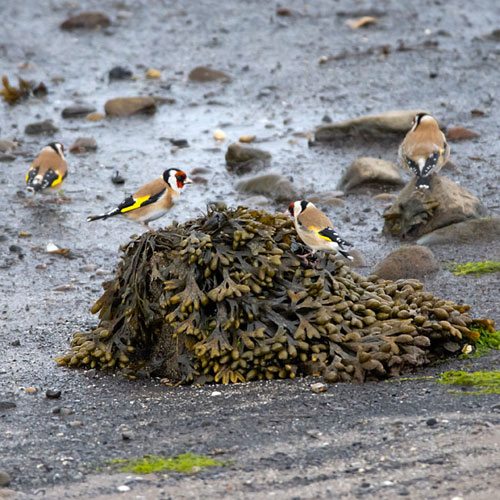 |
| Gadwall |
Green Alkanet |
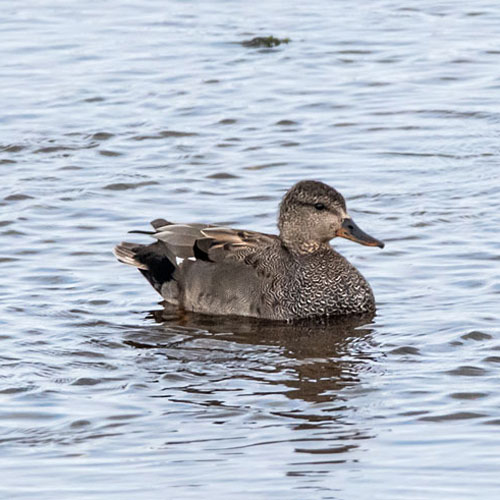 |
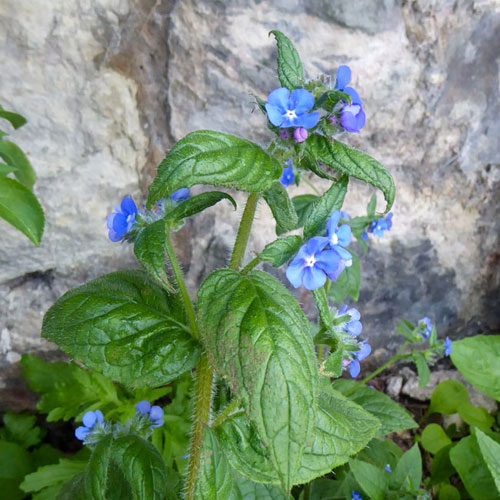 |
After that I made the 20 minute drive to Skateraw. I had gleaned from
Twitter that there was a Channel
Wagtail just past the farm on the old and blocked off A1. I
stopped about 100 m west of the farm and waited. I immediately heard a Sedge
Warbler singing on a hedge right next to my car. I
was about to give up on the Wagtail when I heard a bird call that could
have been, and was, the Channel Wagtail. It was sitting on the stone
roadside wall. On the verges I took pictures of a patch of Ground Ivy
and a gloriously-blooming Gorse bush.
I then drove down the small side road to the Skateraw car park, from
where I walked up the coastal path that passes to the Torness Power
Station. Below is the panorama seen from that path.
I didn’t walk as far as the Power Station as my intention was
to look over the shoreline to the North and fields to the South of the
path. I photographed some Cocksfoot Moths that were feeding on Oxford
Ragwort. A few Wall Brown butterflies were occasionally passing along
the path and making brief stops on the wall and grass verge. I was
excited to see a small red moth flying past me and landing on the path.
It turned out to be a Ruby
Tiger Moth. I next came across a Green-veined White butterfly
on some Oxford Ragwort.
| Cocksfoot Moth |
Wall Brown
Butterfly |
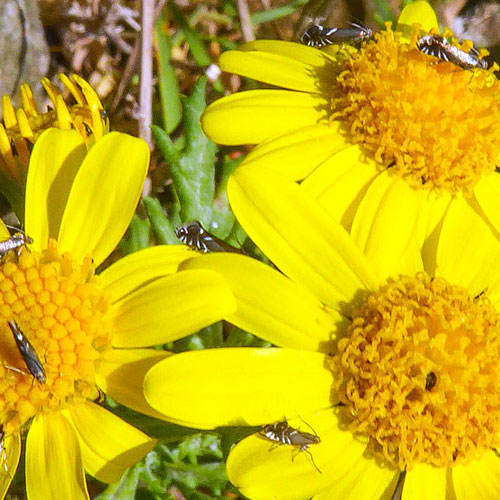 |
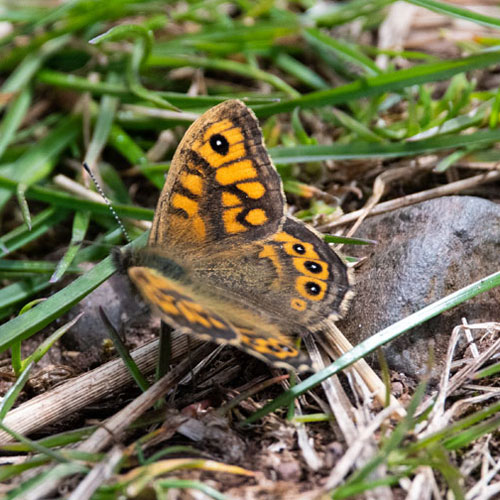 |
| Ruby Tiger Moth |
Green - veined White Butterfly |
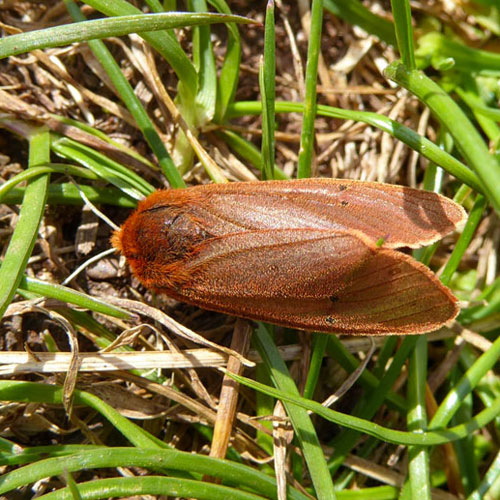 |
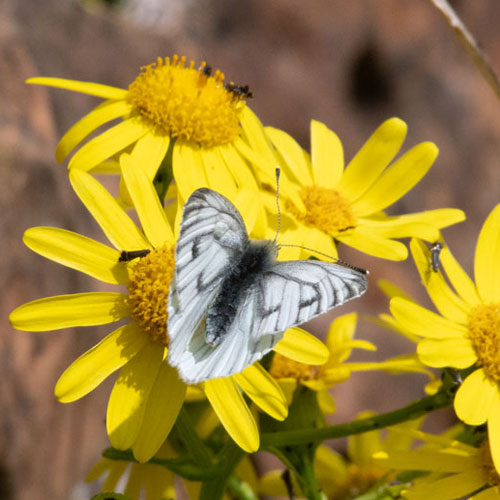 |
It was just as well the path was so productive as I could see that
there were very few birds on the bay, probably due to the low tide and
the people visiting on a motorised dinghy. The high productivity
continued as I discovered a tiny flower of Dove’s-foot
Cranesbill. I also snapped Birdsfoot Trefoil, Common Vetch and a pretty
Oxford Ragwort plant clinging to the rugged sea wall. Just as I was
ready to turn back to the car park, I spotted a male Linnet posing on a
bare tree stalk with the power station in the background. As
I looked down over the bay, I saw a pair of Shelducks just
below the wall.
| Dove's - foot
Cranesbill |
Common Bird's - foot
Trefoil |
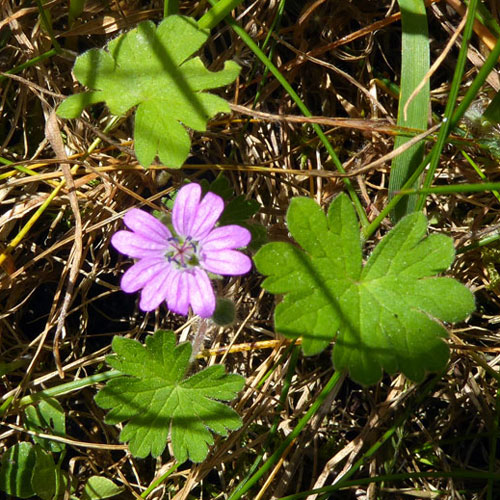 |
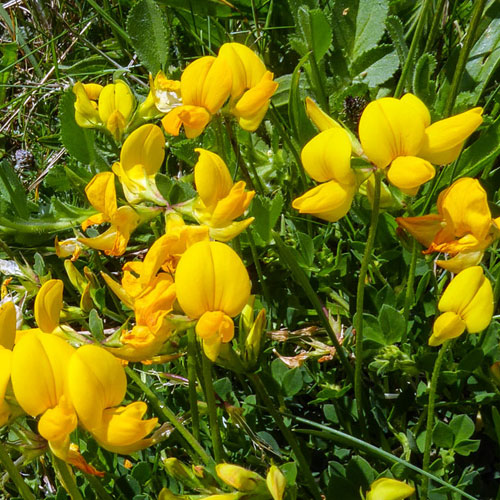 |
| Common Vetch |
Oxford Ragwort |
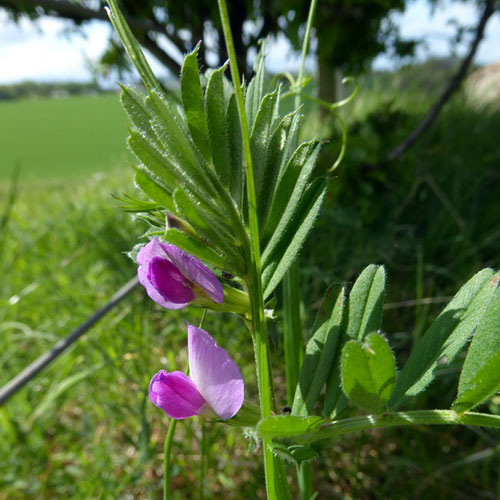 |
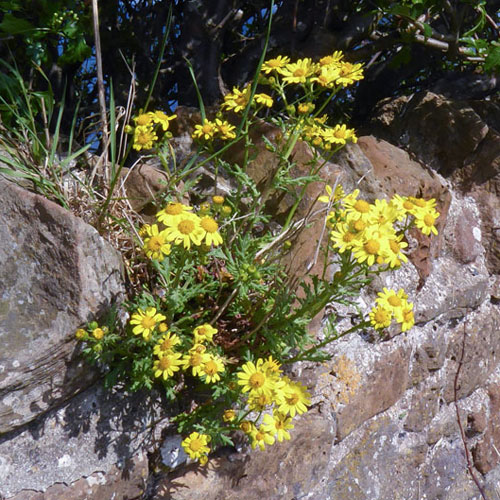 |
| Linnet |
Shelduck |
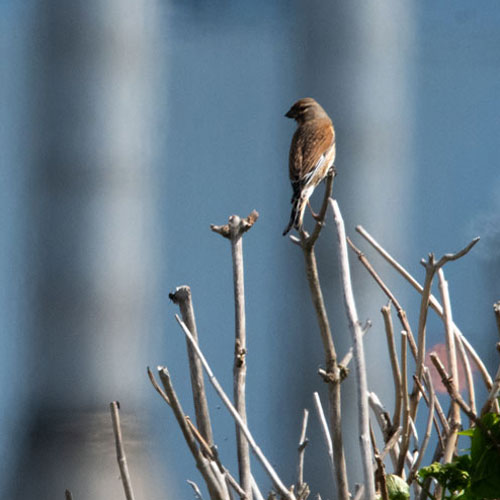 |
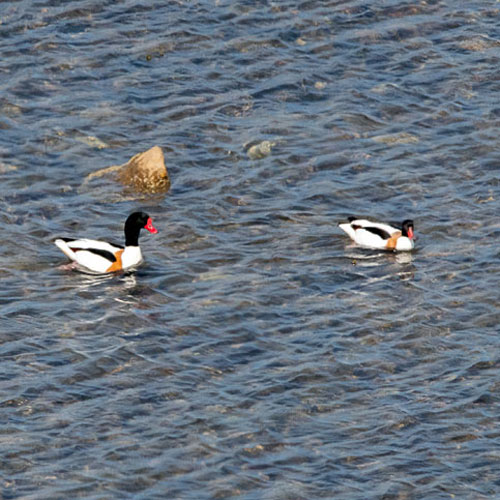 |
I next set off walking in the opposite side of the car park, past a
large field that had many blooming wildflowers, mainly Lacy
Phacelia. I got pictures of Carder Bees and Red-tailed Bumblebees
that were moving from flower to flower. I then came upon a ruin of a
small brick building where I saw another two butterflies, a fabulous
Green-veined White and a Peacock (which had an ant on its wing).
| Common Carder Bee |
Red - tailed
Bumblebee / Lacy Phacelia |
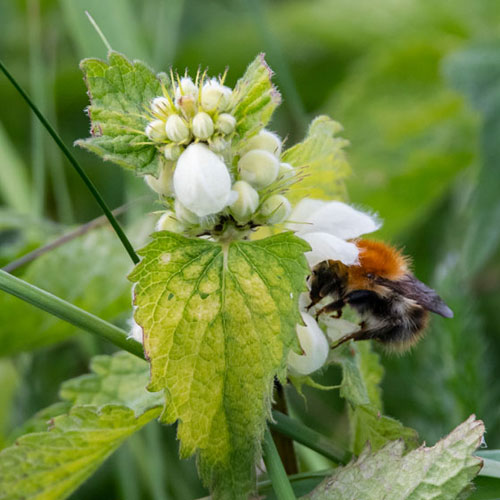 |
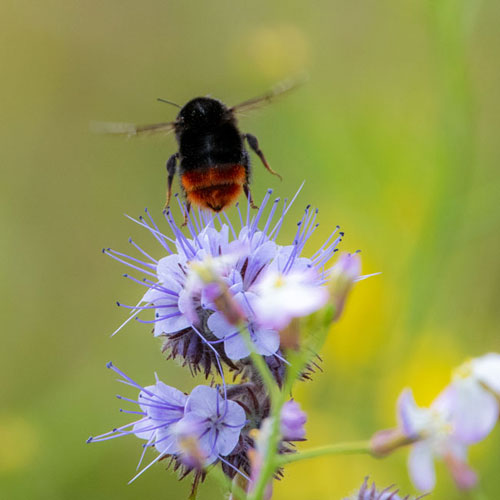 |
| Green - veined White
Butterfly |
Peacock Butterfly |
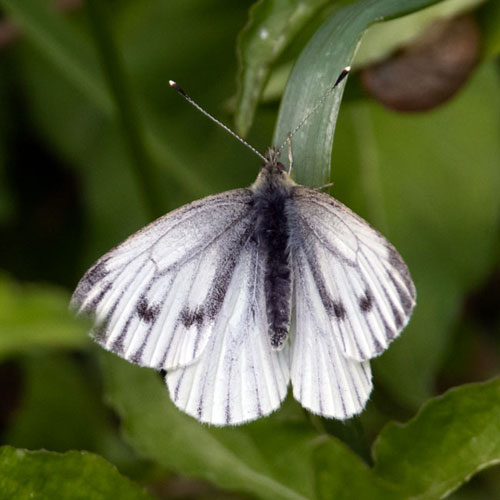 |
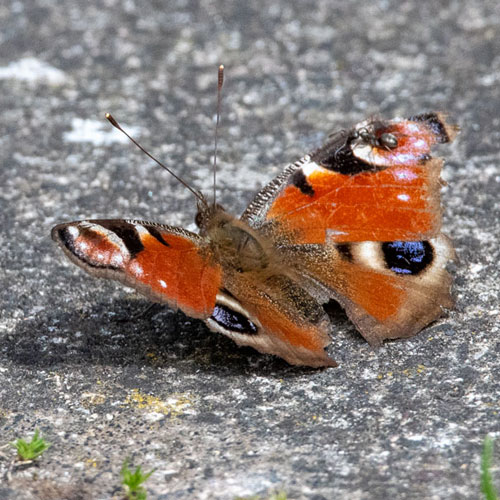 |
As I walked around the bay’s edge I got a better view of a
Shelduck but, sadly, no other birds showed up. I did though see some
Spanish Bluebells, a beautiful blanket of Common Daisies spread over
the cliff edge, and some Bulbous
Buttercups. I returned to the car and as I was driving along
the old A1 I spotted a Brown Hare nibbling grass in the middle of a
farm field. I took the shot (safely) from my parked car. My final
capture of the visit was also taken from the car. It was a Linnet that
was perched on field fence-wire.
| Shelduck |
Spanish Bluebell |
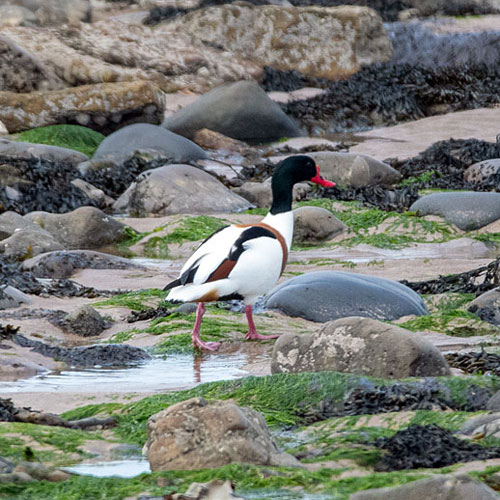 |
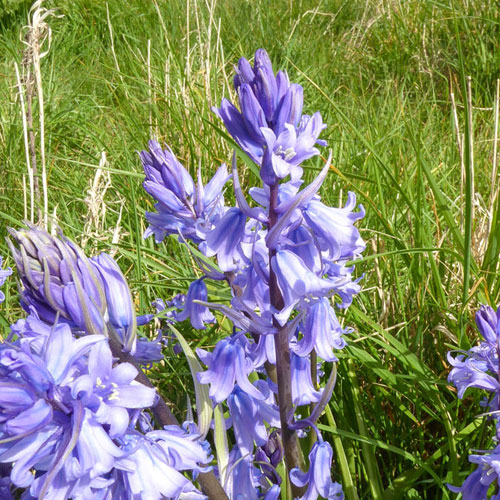 |
| Common Daisy |
Bulbous Buttercup |
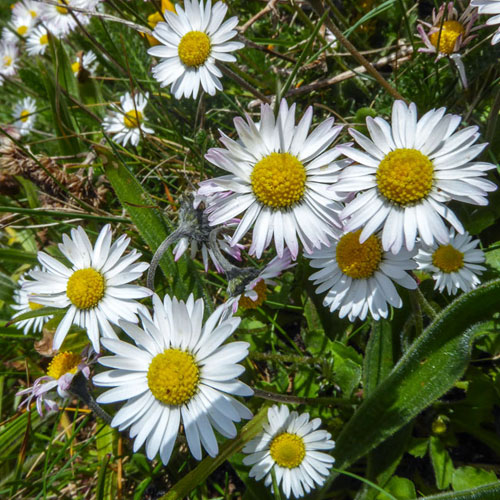 |
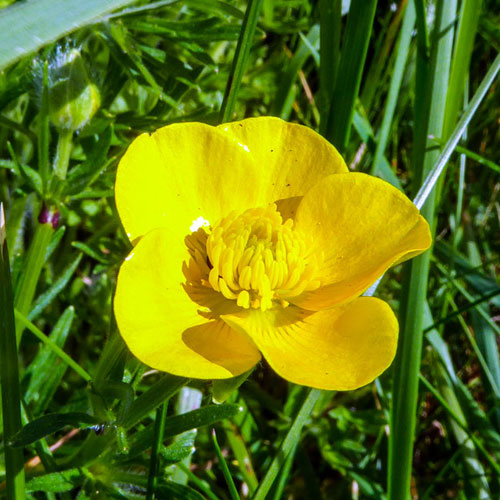 |
| Brown Hare |
Linnet |
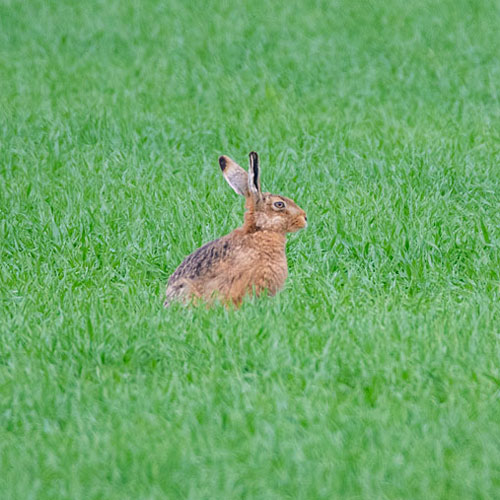 |
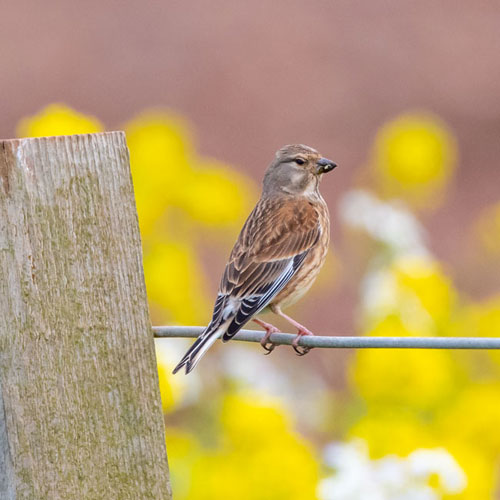 |
Given the scarcity of seabirds I was very pleased to have amassed such
a variety of photographs of my many sightings. My favourite were the
Channel Wagtail and the Ruby Tiger Moth, both of which were newbies for
us. I did have a wee cup of tea and some chocolate biscuits before my
drive back West, well-satisfied with my efforts.
Week ending: 1st May 2022: Stevenston,
Saltcoats
and Irvine
Harbour
After a few weeks of sunny weather, my WeatherPro app was predicting
dull but dry weather for Sunday. The best chance of brightness was once
again to be on the Ayrshire coast, hence John and I found ourselves in
Stevenson Morrisons enjoying breakfast (9.75/10: near perfection - John
felt that the service was a little slow) before heading to Stevenston
Point to start our latest attempt to watch nature in action. The tide
was rising and according to the BBC website it would peak at around
1.30.
The day got off to a flier, well, a couple of fliers - a Cormorant and
then a drake Red-breasted Merganser flew past the Point. We both
thought that things were very quiet up until then, with only a few
wildflowers taking our notice: Bluebells and Common Comfrey.
| Cormorant |
Red - breasted
Merganser |
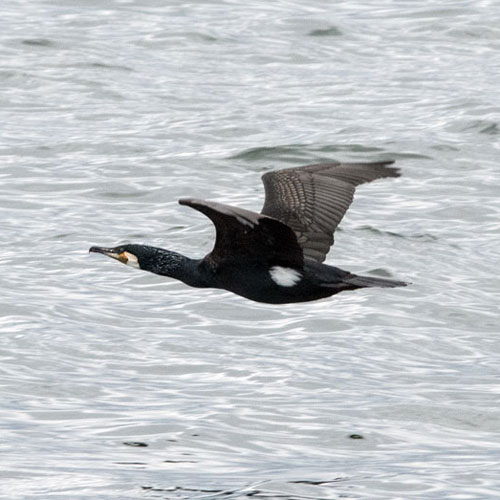 |
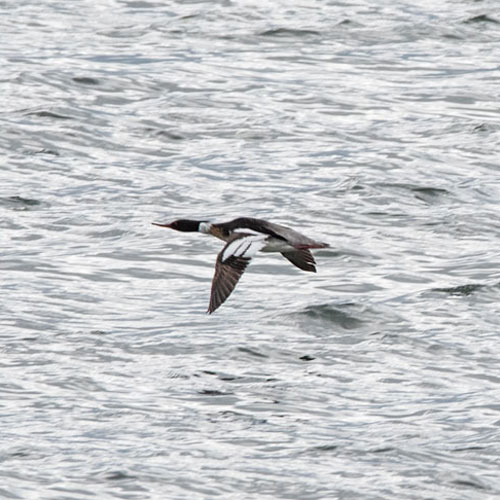 |
| Common Bluebell |
Comfry |
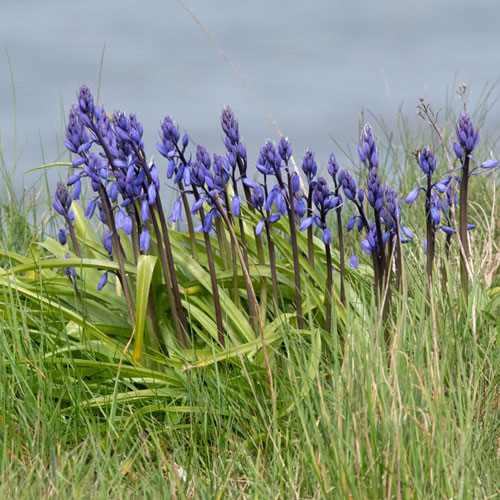 |
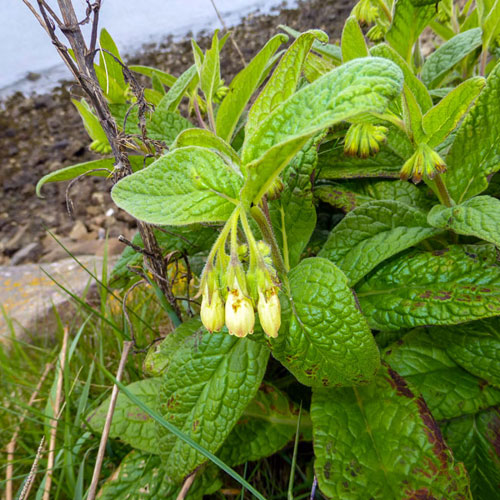 |
We were delighted then, to notice a rather well camouflaged line of
small waders
along the rocky edges of the north side of the Point. There were mainly
Ringed Plovers with a few summer plumage Dunlins, Turnstones and
Sanderlings but I noticed later when examining my shots that there were
also a pair of Purple Sandpipers snoozing near a Ringed Plover. As I
walked back to the car I snapped one of the Jackdaws that was foraging
on the grass.
| Ringed Plover |
Dunlin in Summer plumage |
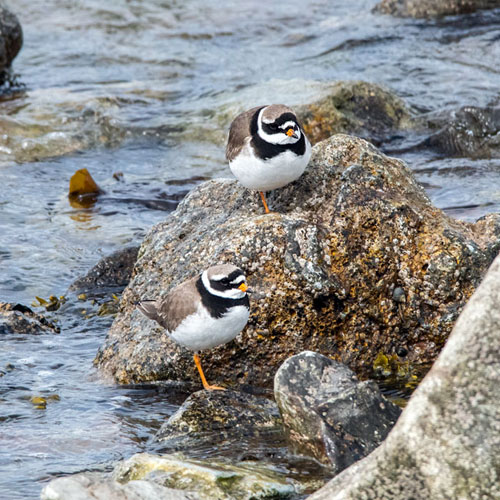 |
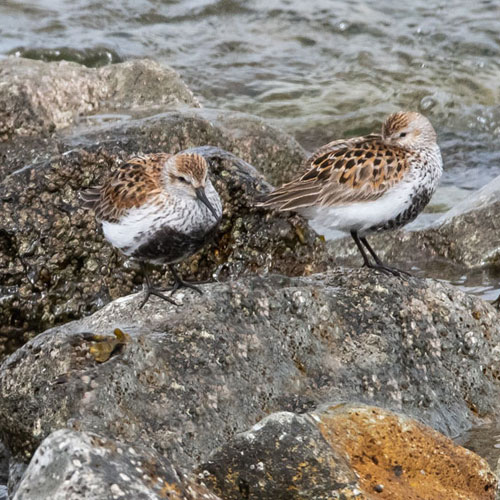 |
| Turnstone |
Sanderling |
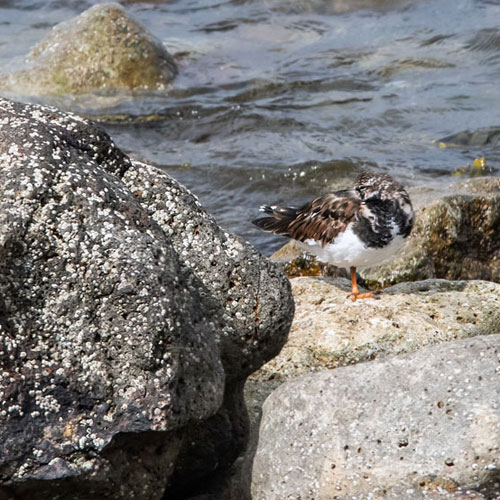 |
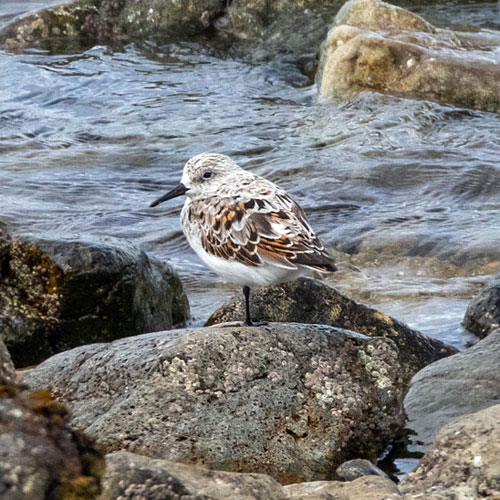 |
| Ringed Plover /
Purple Sandpiper |
Jackdaw |
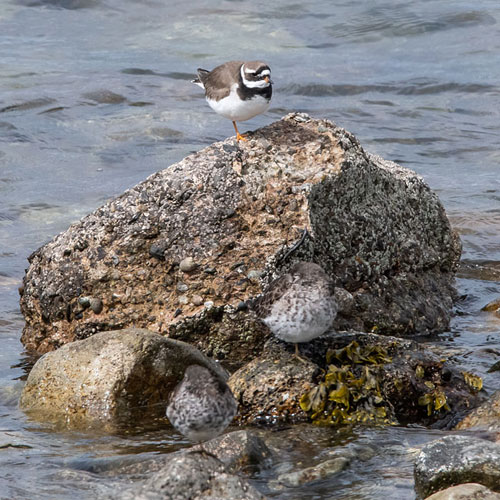 |
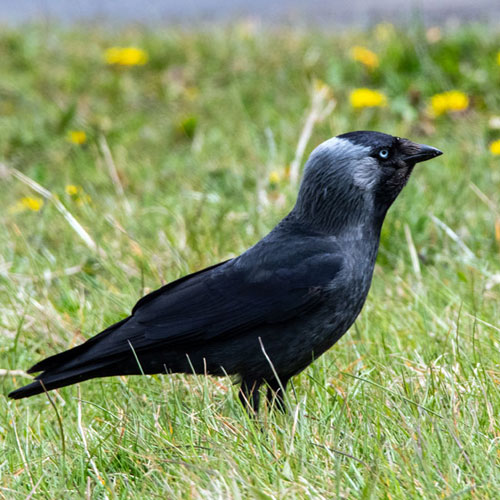 |
After that satisfying start we moved on to Ardeer
Quarry LNR where we were greeted by the mellifluous
tones of a Song Thrush perched high in the branches of an Alder Tree at
the edge of the car park. We then walked to the East side of the park
where we were pleased to see a singing Whitethroat and a pair of Blue
Tits that seemed to be preparing a nest in a path-side tree. We also
spent some time trying to get a shot of a very shy Grasshopper Warbler.
We could hear it but we only caught brief glimpses of the bird picking
its way through dense Bramble bushes. We also heard a Sedge Warbler but
it fled to the middle of the marsh before I could photograph it. Still,
we enjoyed seeing these warblers.
As we walked further around the reserve I came across wildflowers such
as patches of Garlic
Mustard as well White Deadnettle, Red Campion and Common
Fumitory.
| Garlic Mustard |
White Deadnettle |
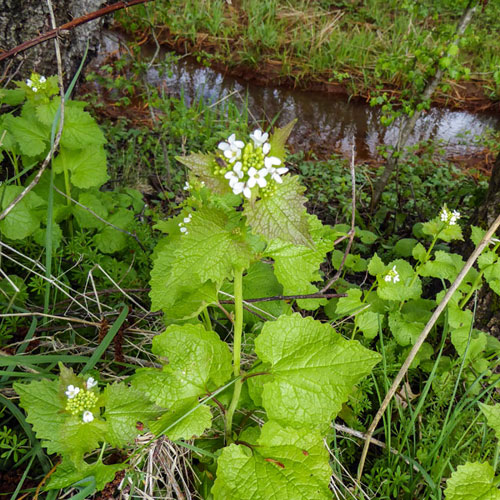 |
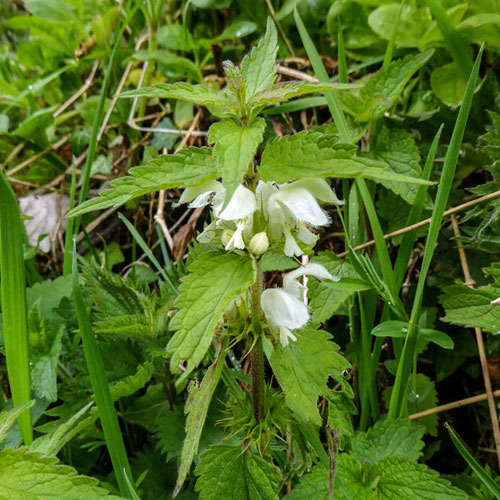 |
| Red Campion |
Common Fumitory |
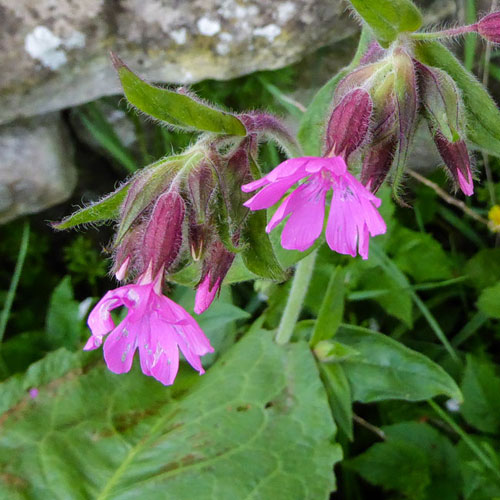 |
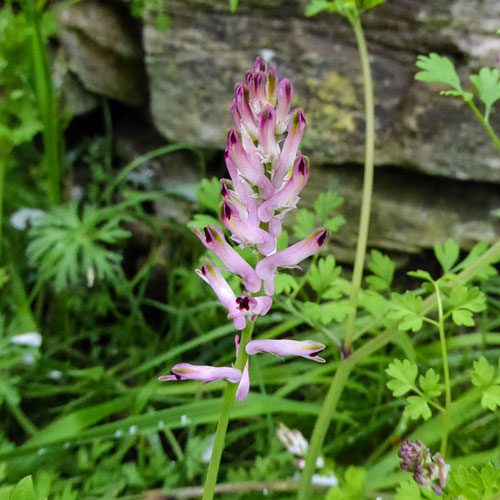 |
Near the exit onto Dubbs Road we had a close encounter with another
Sedge Warbler. It was belting out its song from the far side of a
pathside Hawthorn hedge literally a metre from where we were standing.
Luckily I was able to photograph it through a gap in the hedge. We
continued along Dubbs Road and re-entered the reserve to continue our
circuit. We quickly located a singing Willow Warbler and a warbling
Robin in the trees lining the eastern edge of the LNR. We also caught
sight of a poor-looking Roe Deer. On our last visit we’d been
told that the deer had been culled so it was nice to see that at least
one had survived. On our return tour to the car I snapped a Wren with a
beakful of food and also watched a Moorhen as it carried a rather large
blade of vegetation towards its nest.
| Sedge Warbler |
Willow Warbler |
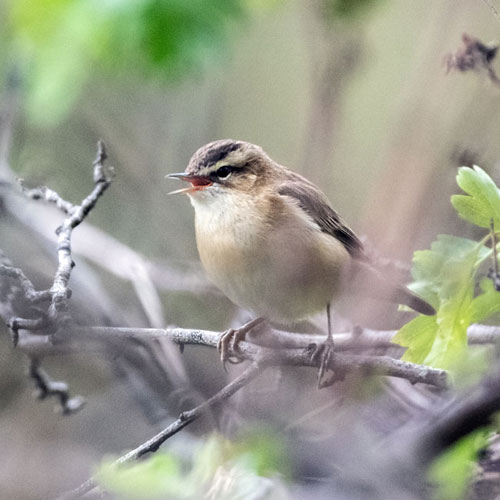 |
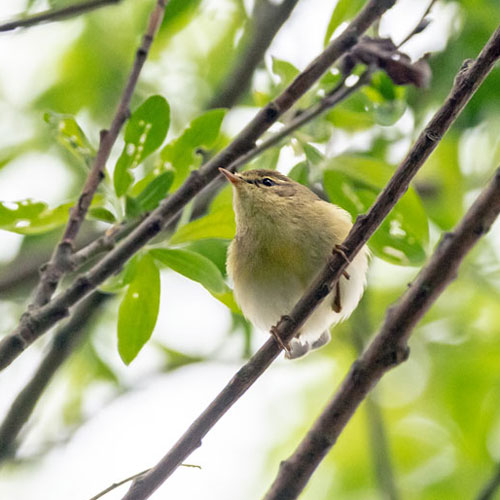 |
| Robin |
Roe Deer |
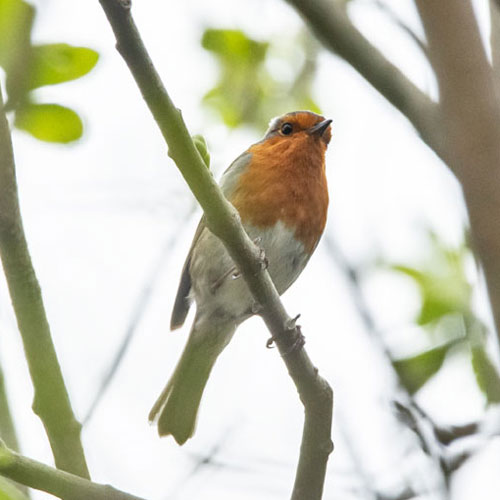 |
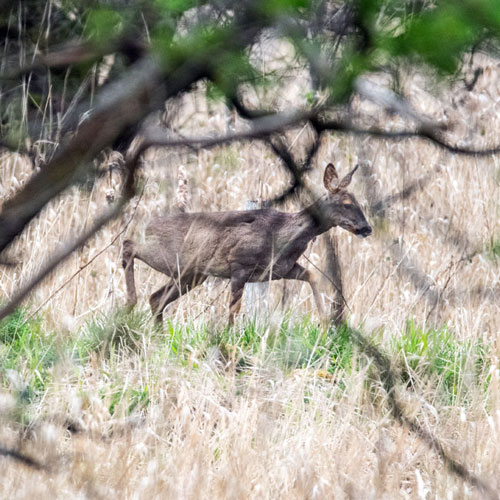 |
| Wren |
Moorhen |
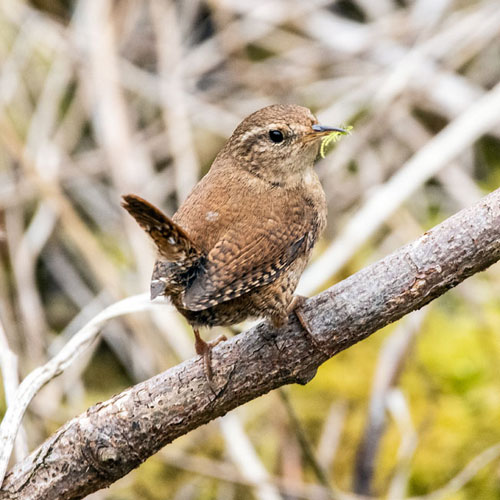 |
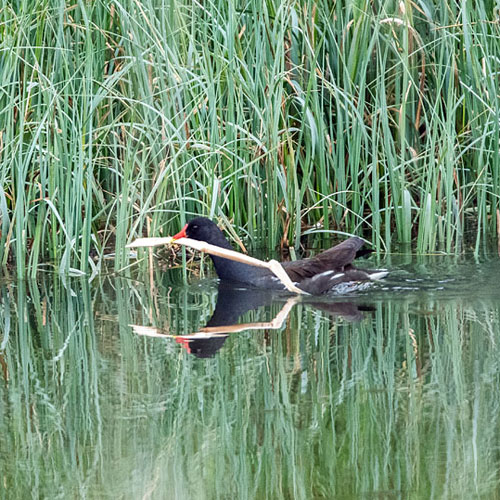 |
Our next location was a brief look at the small pond at Auchenharvie
Golf Range. It produce sightings of a Lesser Black-backed Gull in
flight, some feeding Starlings and a prowling Grey Heron.
We continued westwards to Saltcoats Harbour in search of a reported
Whimbrel. Our first shot there though was of the view south to Ailsa
Craig. It conveys the gloominess of the conditions. However, we were
treated to short spells of brightness.
During one bright period of a couple of Black
Guillemots that were diving fairly close to the
Harbour wall. A pair of Feral Pigeons watched me as I snapped the
Guillemots, and then them. I also captured a shot of a 3rd
calendar-year Herring Gull as it stood on the edge of the Harbour.
At the end of the pier we climbed the observation tower. We could see
the Arran ferry approaching Ardrossan. Again, note the dull conditions.
We watched, and I photographed a close flypast of a gorgeous Gannet
skimming the water as we looked down from the observation tower at the
Harbour entrance. It was from there that John sighted what he thought
might have been the Whimbrel
flying onto rocks on the opposite of the Harbour. I immediately walked
around the bay, in hope rather than expectation, to get a closer view
of the the bird. I was very pleased to find that John was absolutely
correct, it was indeed a Whimbrel.
Chuffed by the success of actually finding the bird we were looking for
(something we don’t always achieve) we moved to our final
stop of the day, Irvine Harbour. We were behind time so it was
primarily a “pit stop” for tea and strawberry
tarts, but we had a wee look along the Irvine Estuary for anything of
interest. We could hear and then see a pair of Sandwich
Terns diving in the confluence of the Rivers Irvine
and Garnock. Luckily one flow a lot closer and dived about 40m from
where we were standing. It surfaced with a large fish, probably a Sand
Eel. Soon after that a pair of Eiders flew downstream. My final shots
of the day were of a pair of Herring Gulls that were hanging around us
waiting for chips. They were most likely a parent and its 1st
calendar-year juvenile.
We then had the tea and tarts. It had been a very enjoyable and
surprisingly productive trip starting with the small waders at the
Point, then the warblers at Ardeer Quarry. We thought we’d
peaked at Saltcoats with the Whimbrel, but no, the Sandwich Tern with a
fish rounded off the day splendidly (Well, not quite - that was the job
of the strawberry tarts). John will be absent next week but
I’m hoping for nice weather in the East as I fancy visiting
somewhere around Dunbar. Time will tell though.
Highlights - May 2022
We present this month’s gallery of my
favourite pictures I’ve taken during May 2022. They are
not listed in the order they have been taken, but according to a series
of themes. I’ve kept
commentary to a minimum, preferring to let each picture talk for itself.
BIRDS IN FLIGHT
| Grey Heron |
|
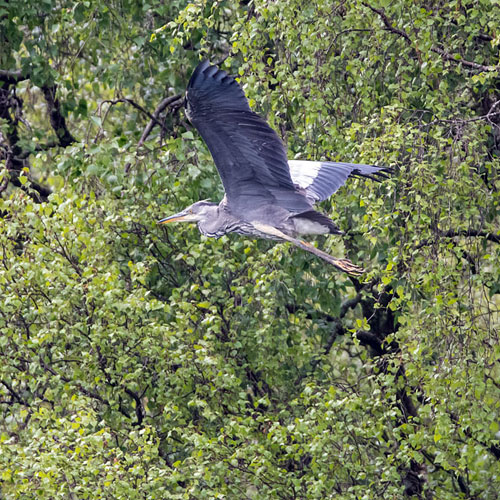
|
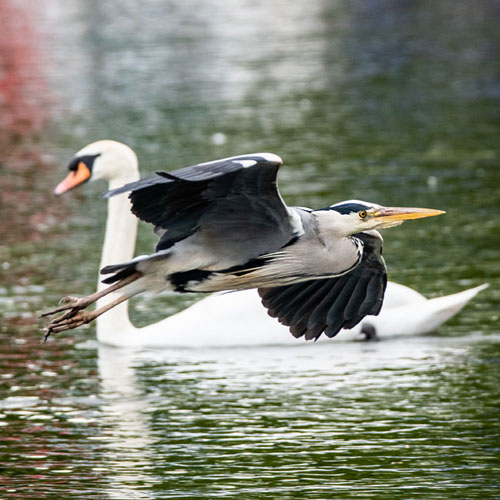
|
| Herring Gull |
Lesser Black - backed Gull |
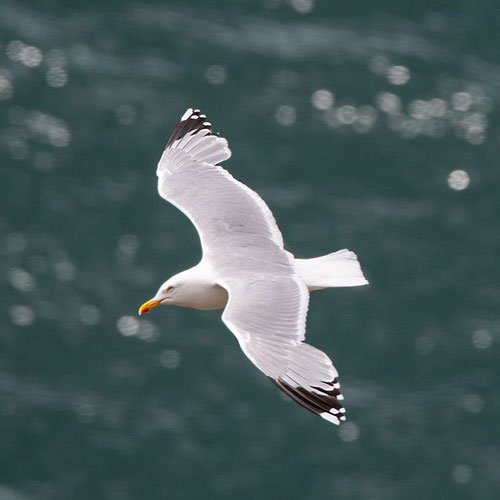
|
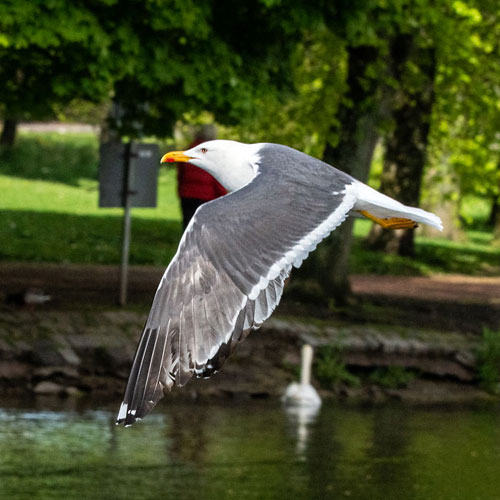
|
FLOWERS
| Bluebell |
Bugle |
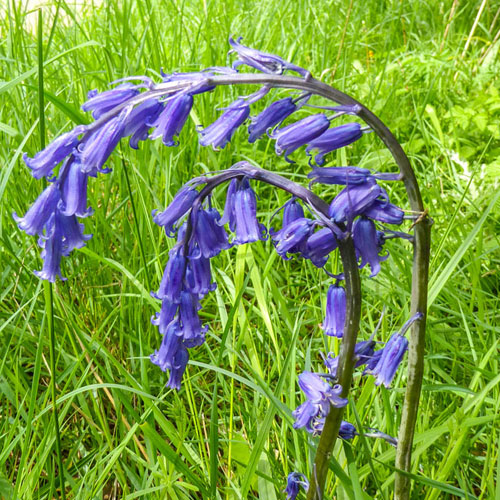
|
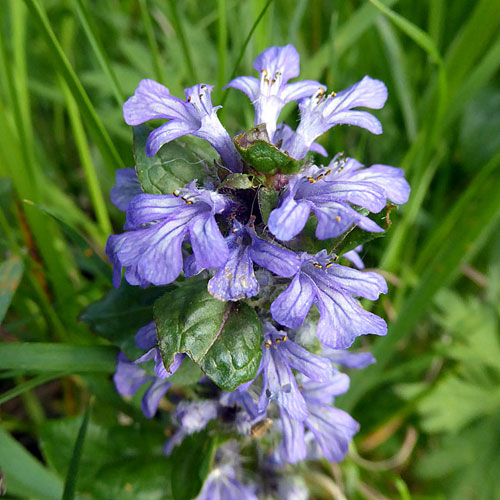
|
| Common Comfrey |
Field Forget - Me - Not |
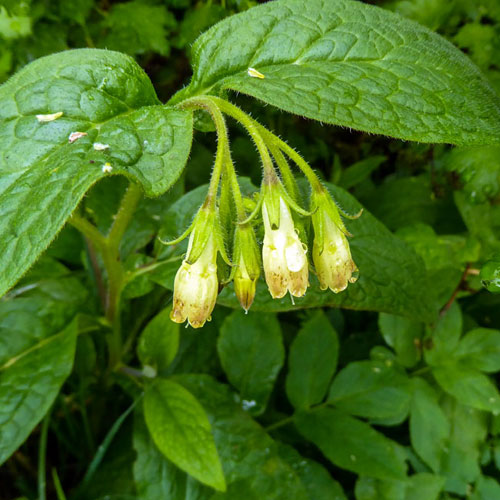
|
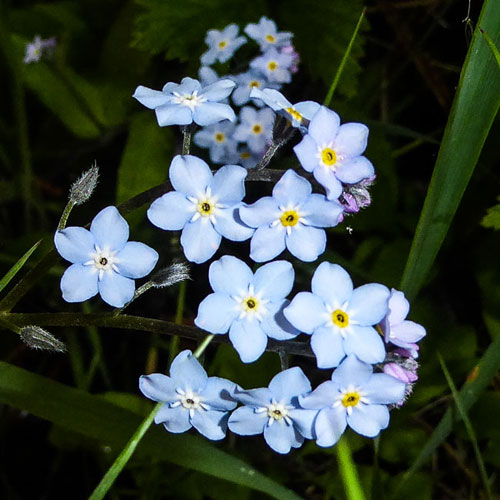
|
| Herb Robert |
Yellow Archangel |
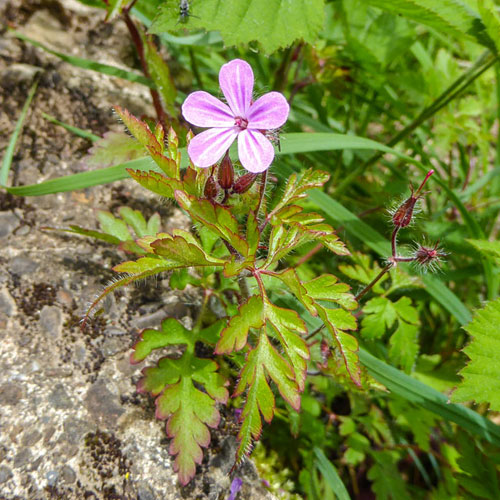 |
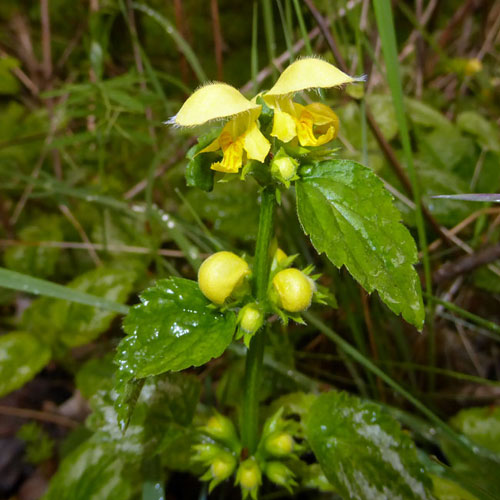 |
PORTRAITS
| Carrion crow |
Female Goosander |
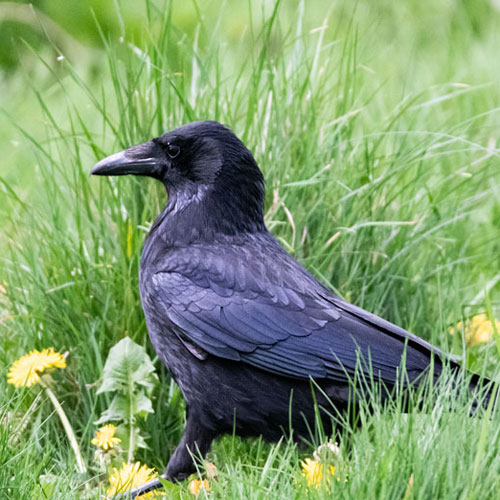
|
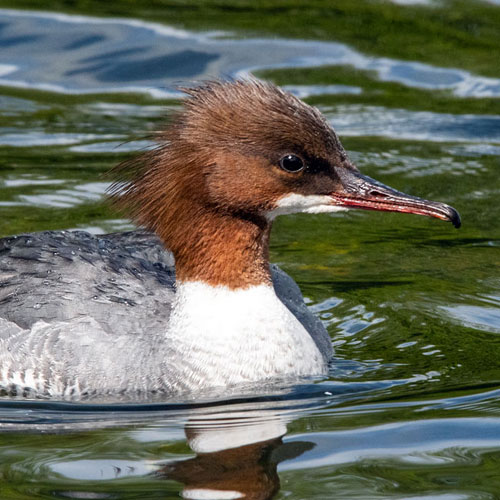
|
| Drake Goosander |
Grey Heron |
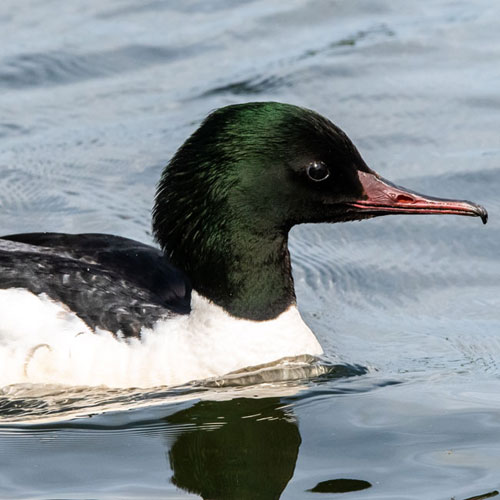
|
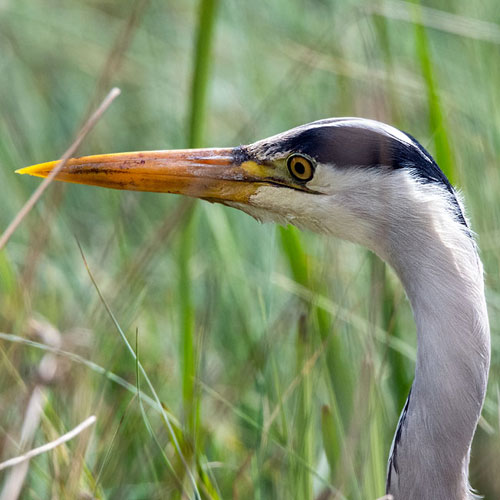
|
| Mute Swan |
Starling |
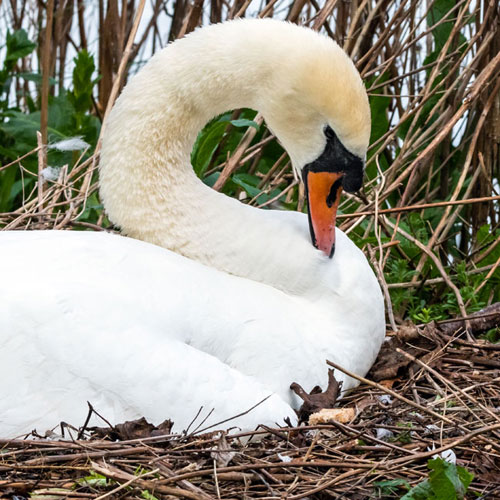 |
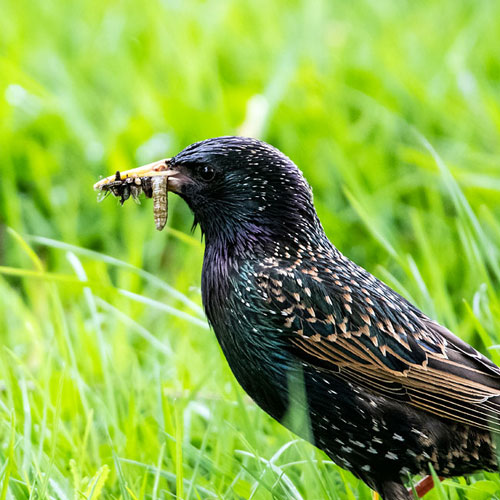 |
INVERTEBRATES
| 2 Spotted Ladybird |
Beefly |
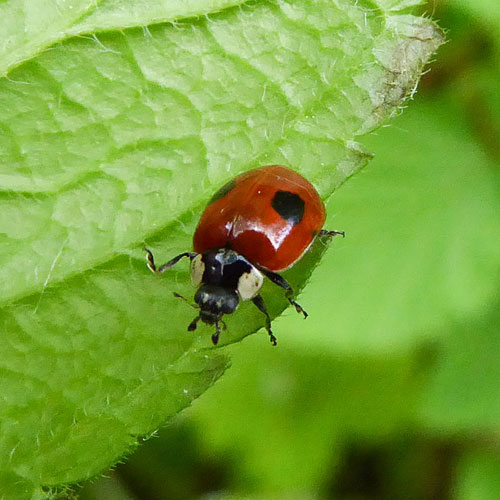
|
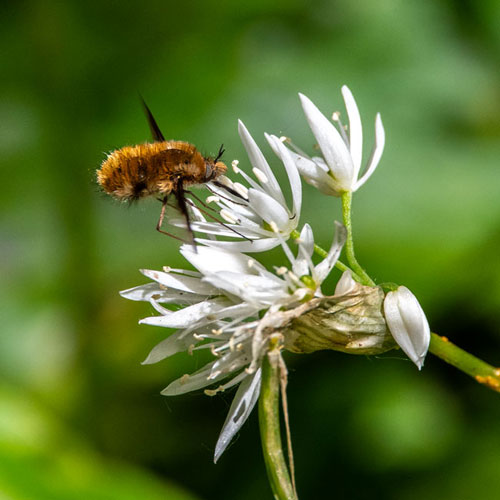
|
| Common Carder Bumblebee |
Large Red Damselfy |
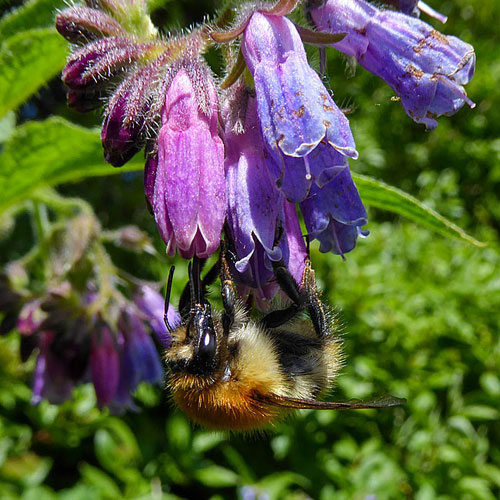
|
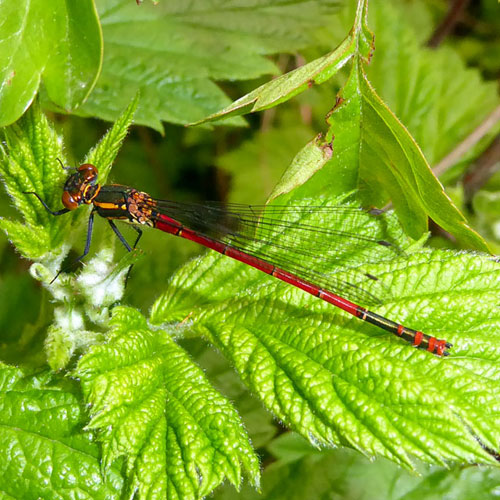
|
| Leaf Weavil |
Red - tailed Bumblebee |
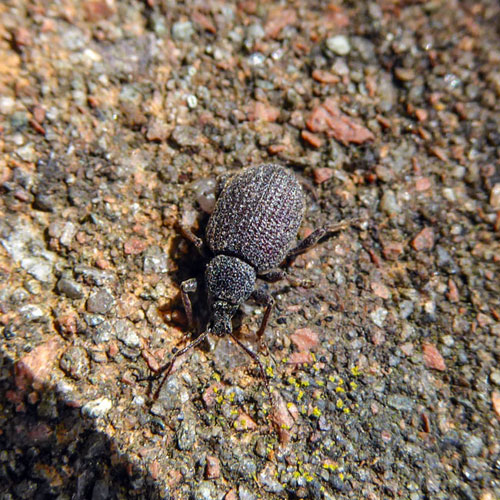
|
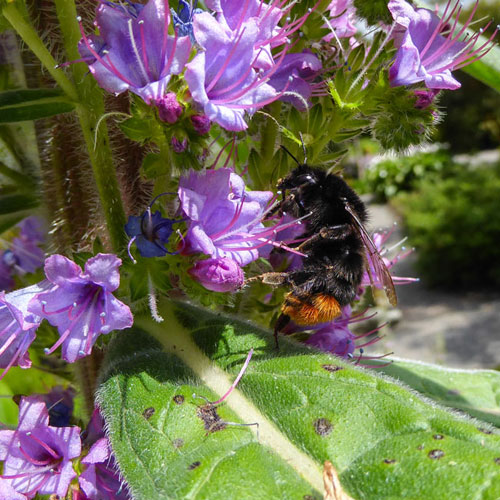
|
MORE FLOWERS
| Greater Stitchwort |
|
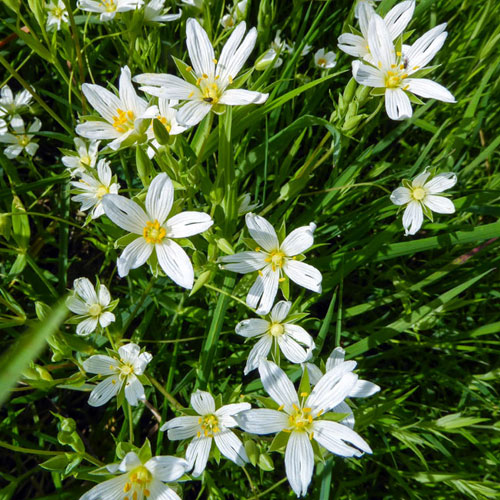
|
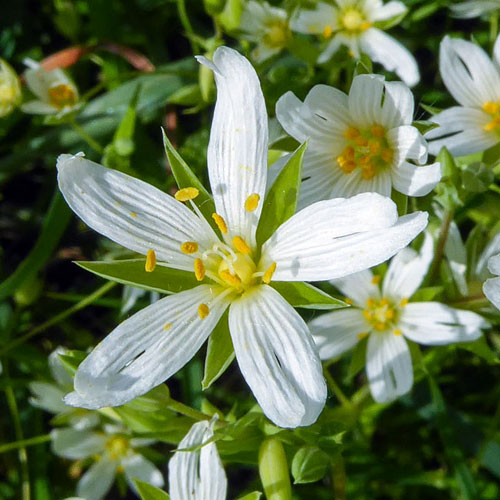
|
| Horse Chestnut |
Hybrid - Water Avens X Wood Avens |
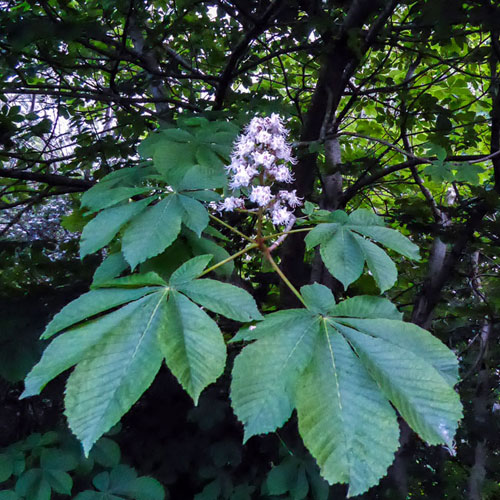
|
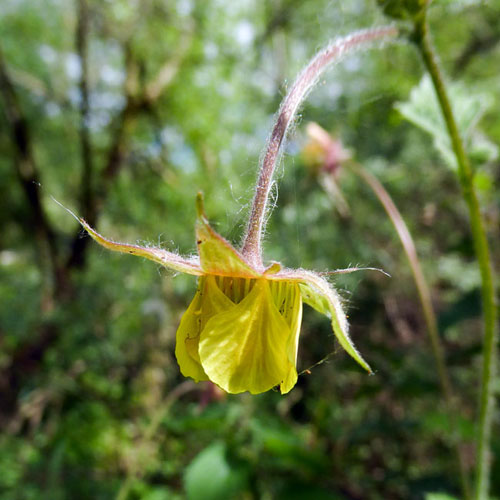
|
BIRDS WITH BABIES
| Canada Goose |
|
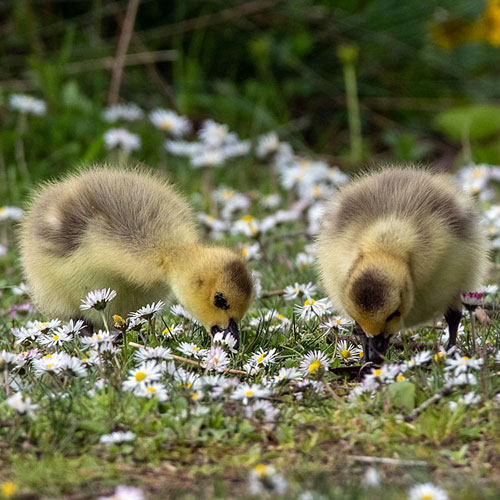
|
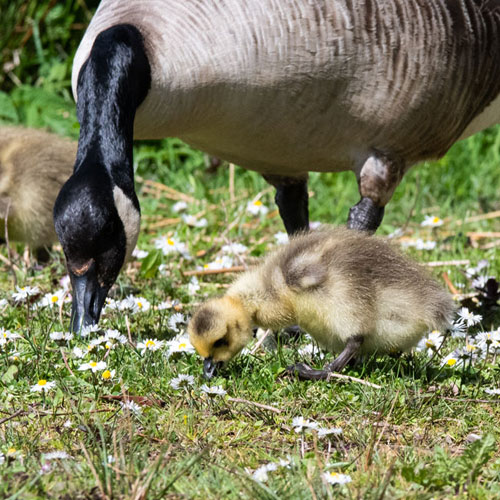
|
| Greylag Goose |
|
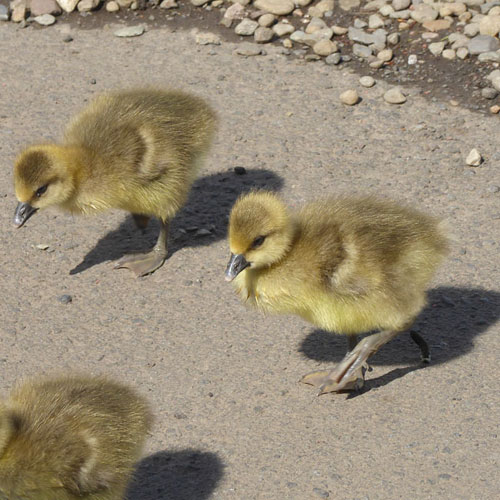
|
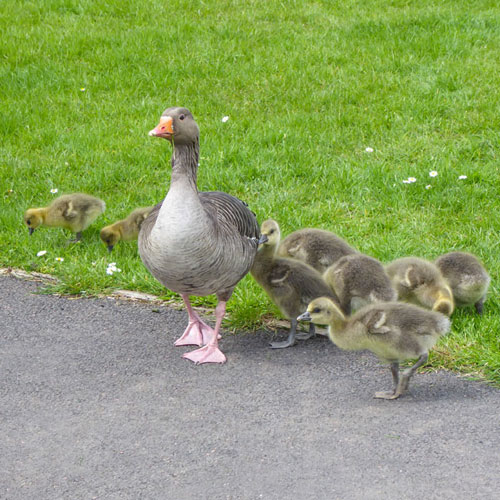
|
MORE BIRDS
| Goldfinch |
Herring Gull |
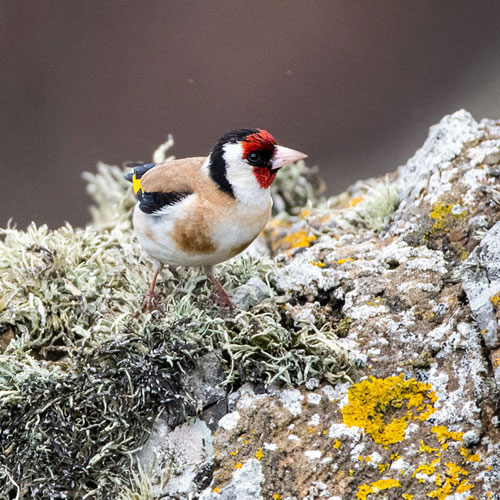 |
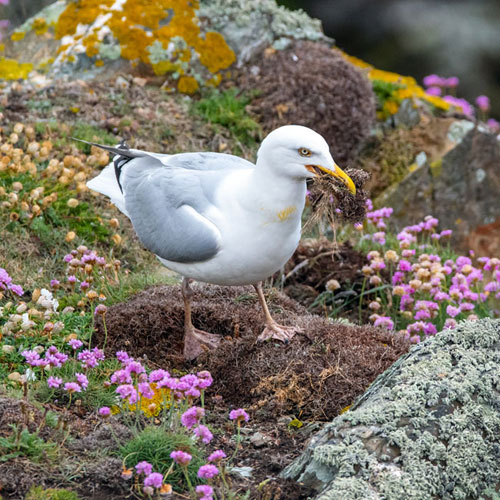 |
| Linnet |
Juvenile Meadow pipit |
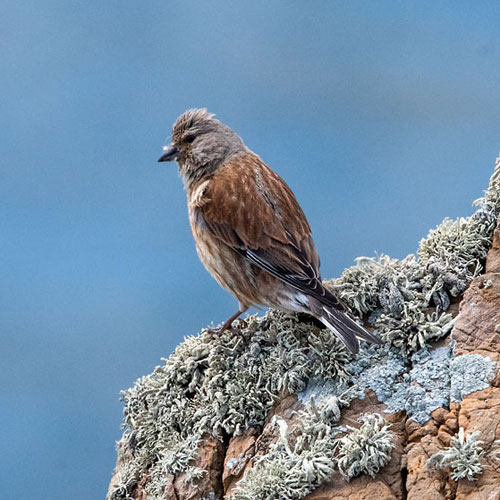 |
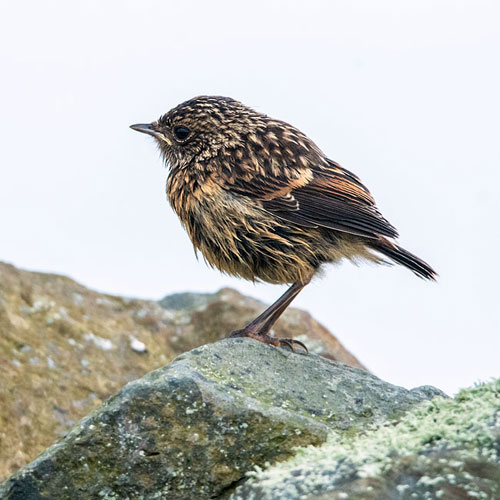 |
| Oystercatcher |
Wheatear |
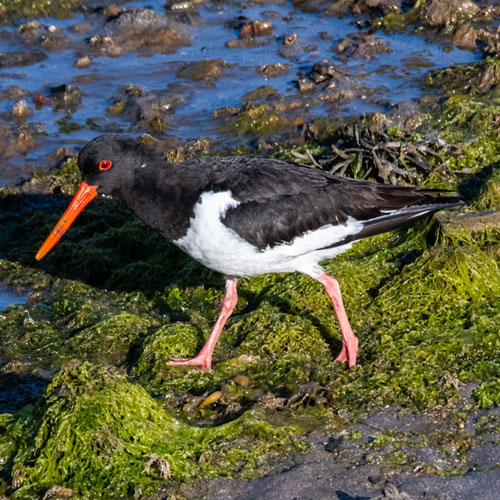 |
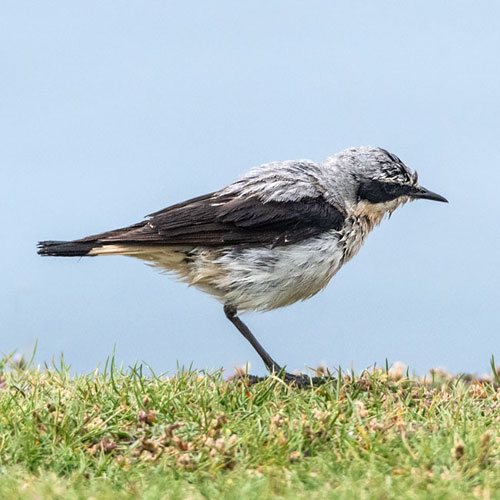 |
MORE FLOWERS
| Piggyback Plant |
Sea Campion |
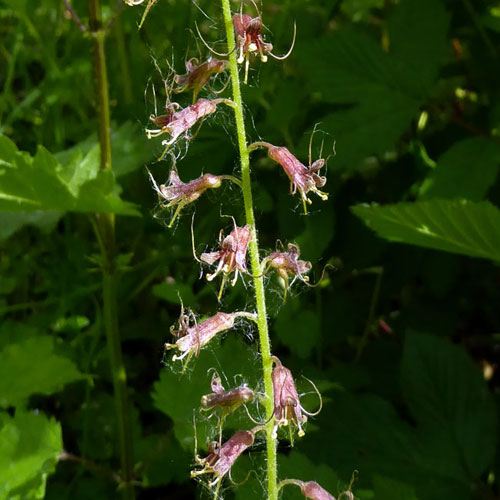 |
 |
| Spring Squill |
Star Of Bethlehem |
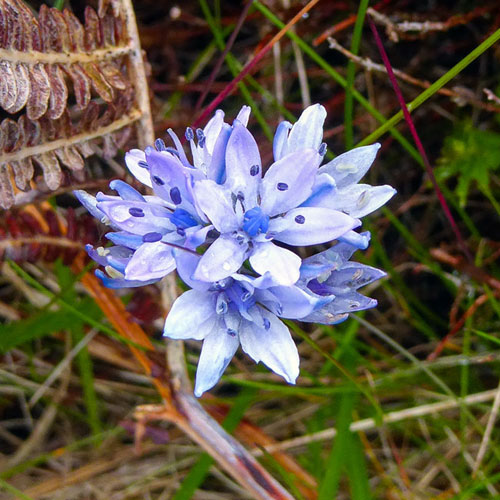 |
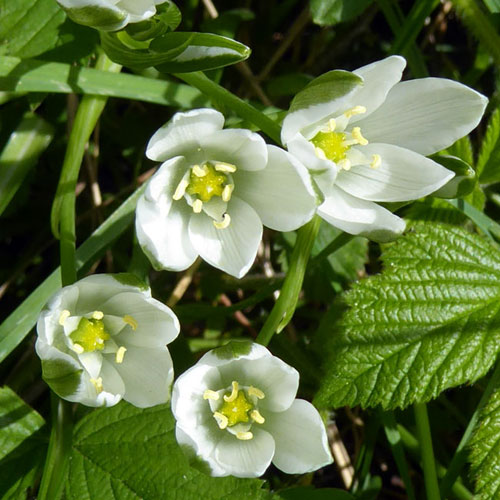 |
| Thrift |
Welsh Poppy |
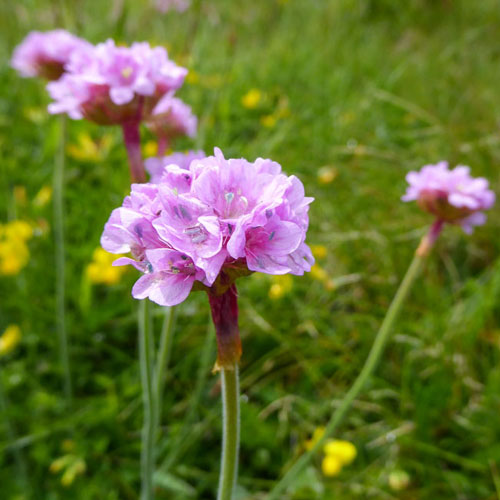 |
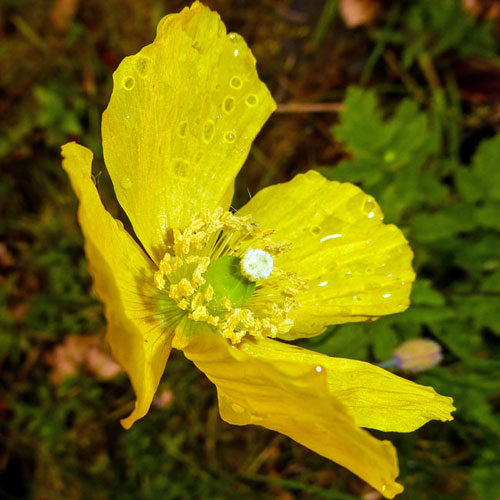 |
Back To Top
|

